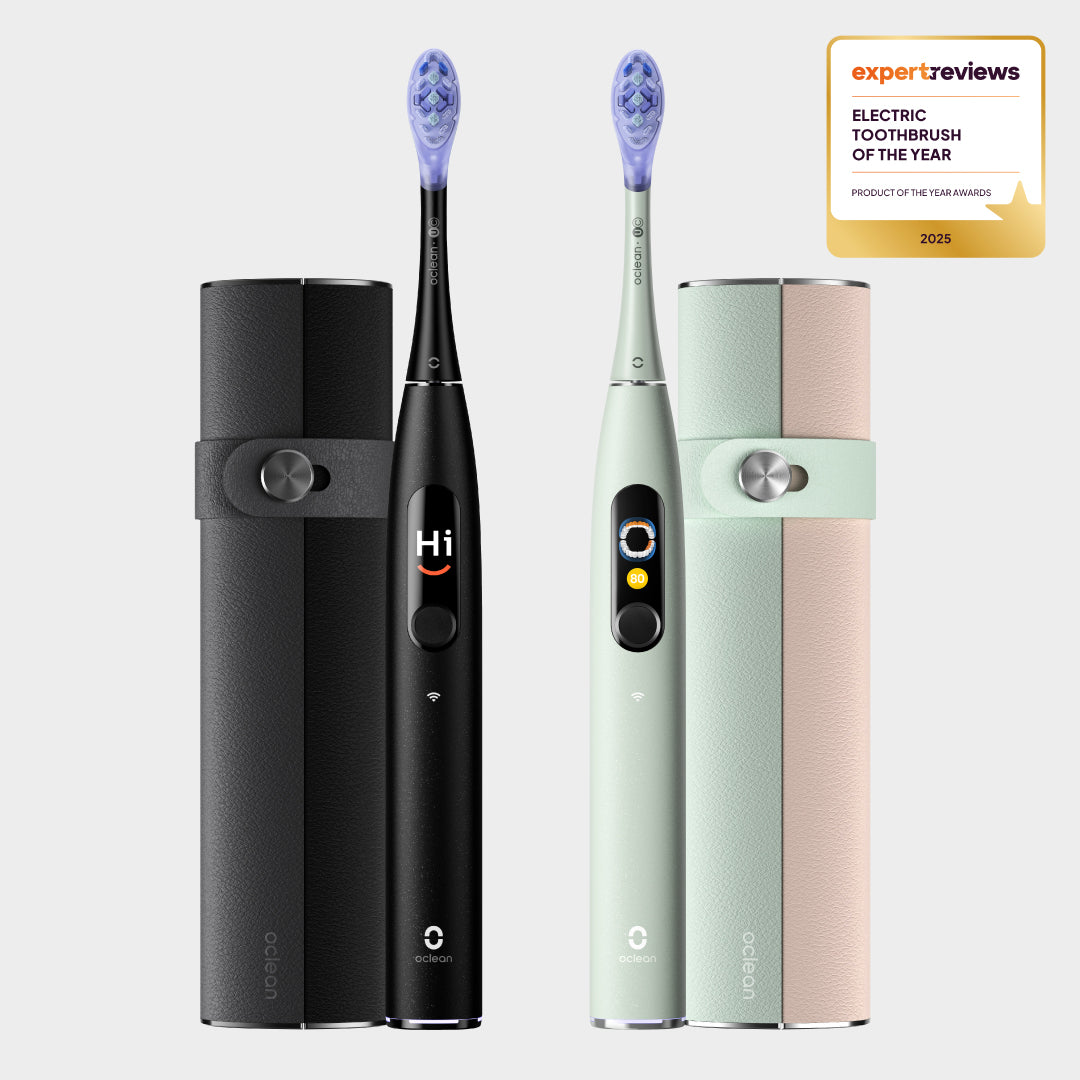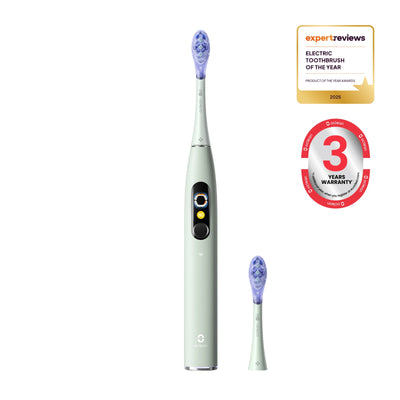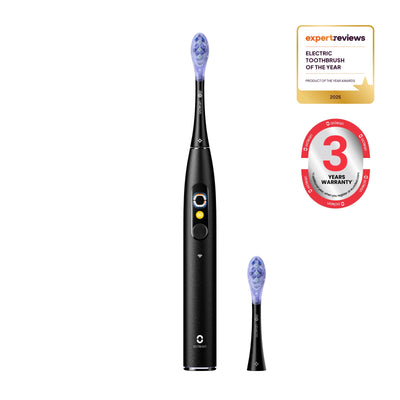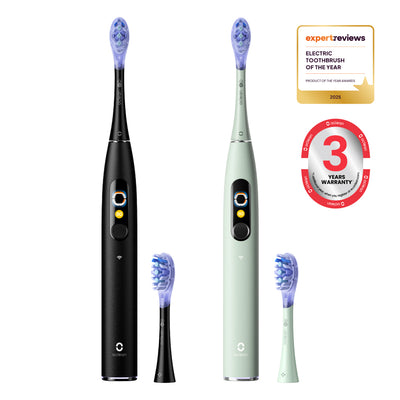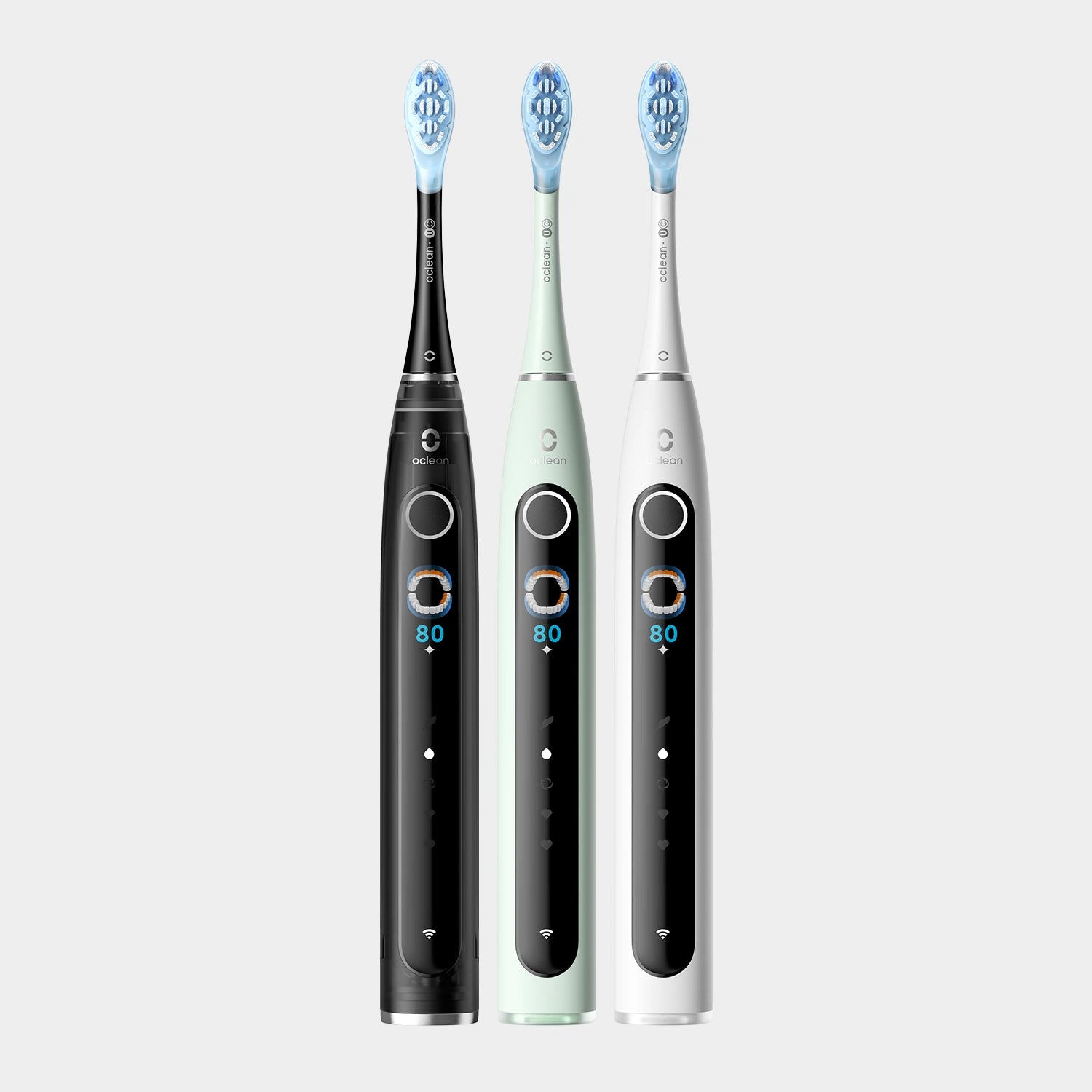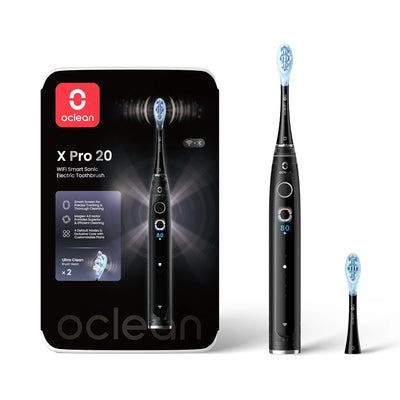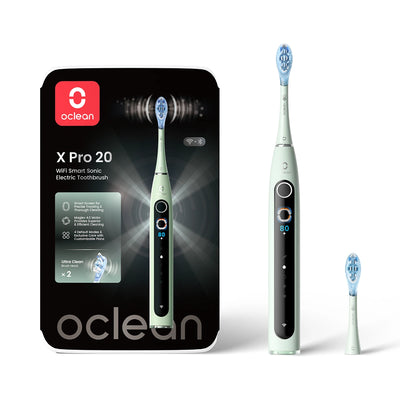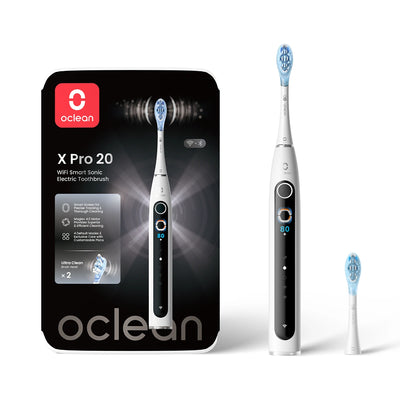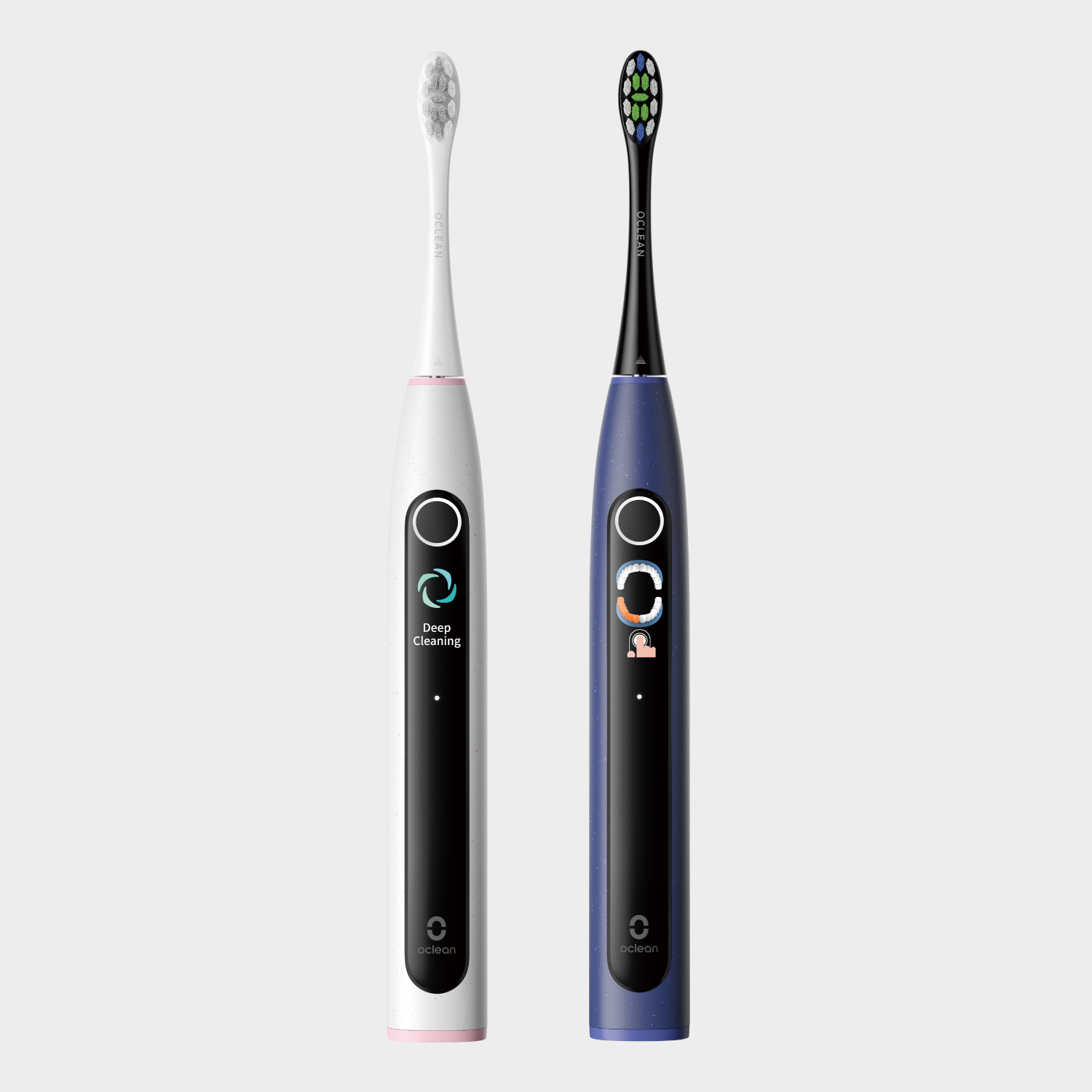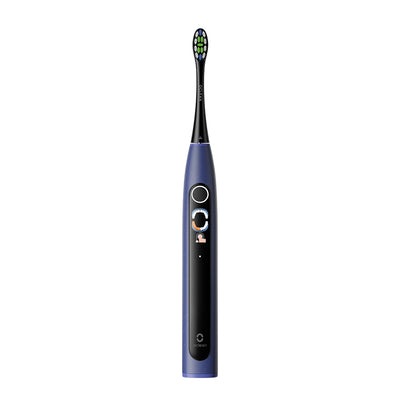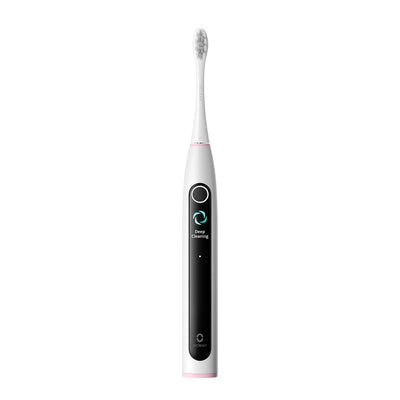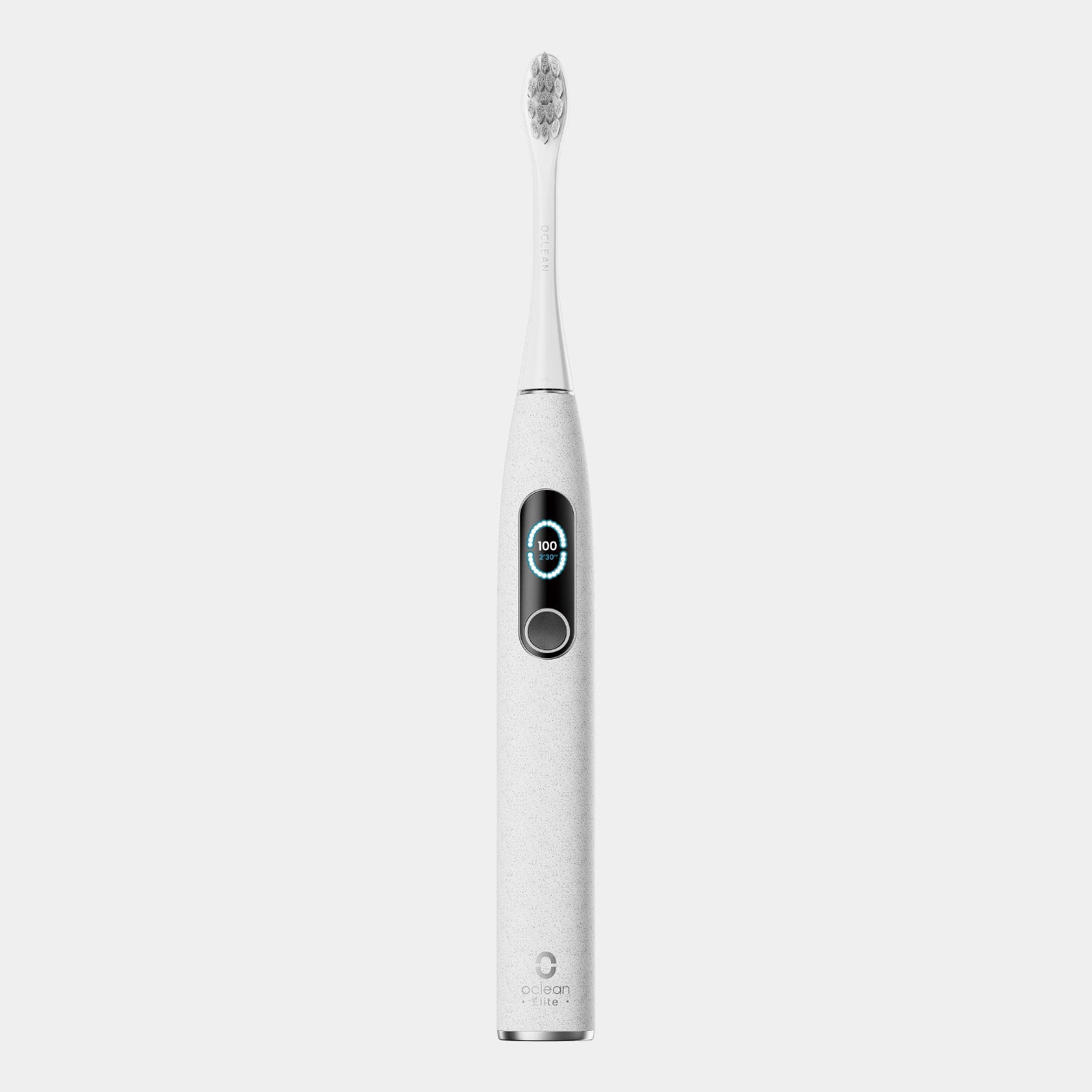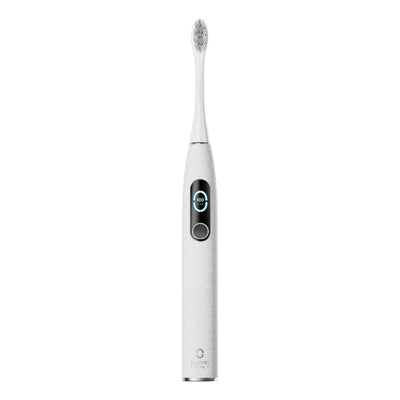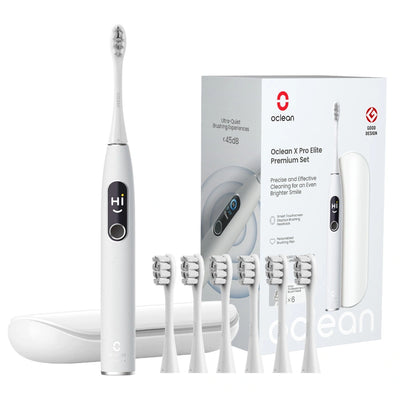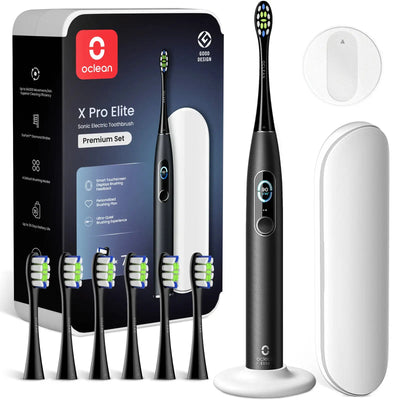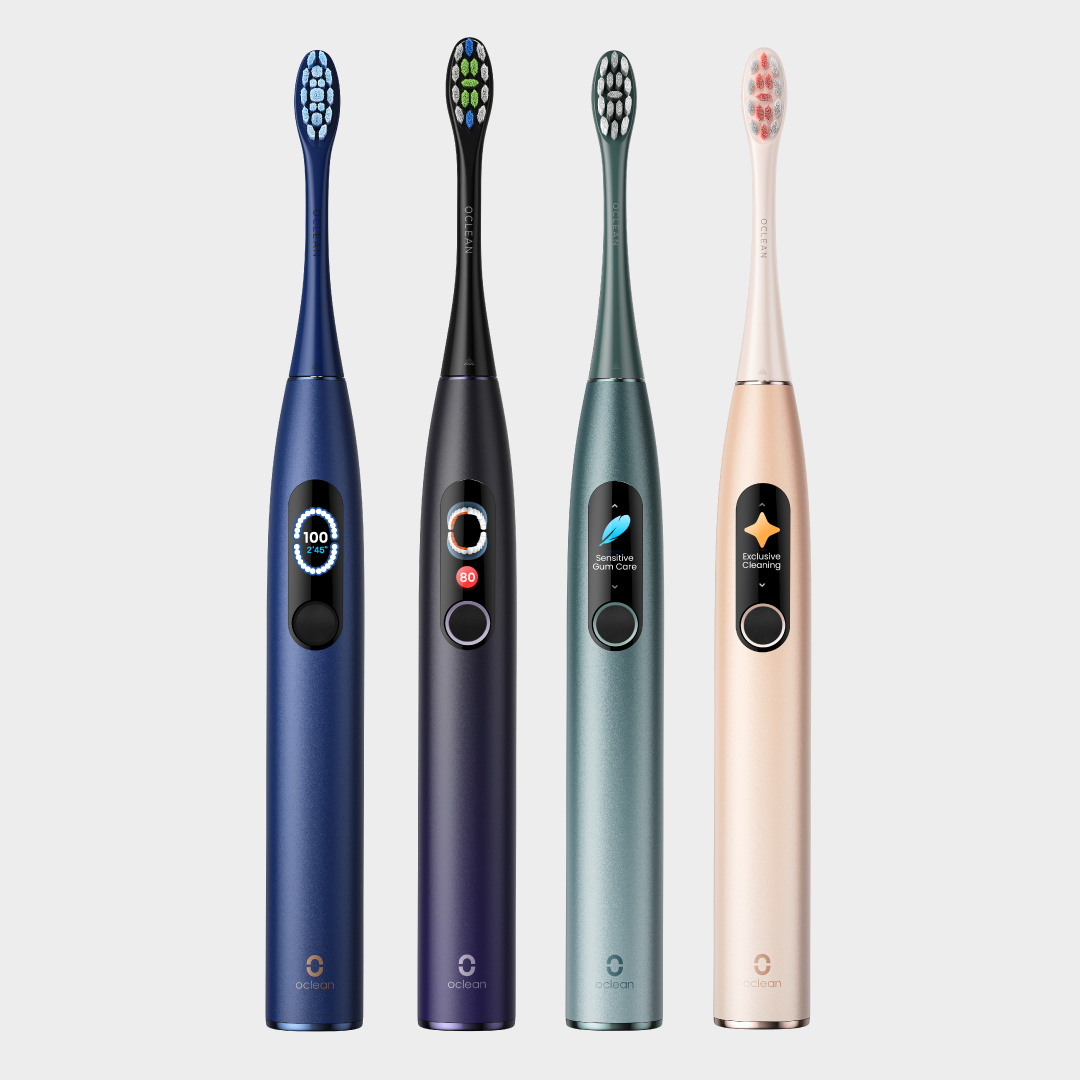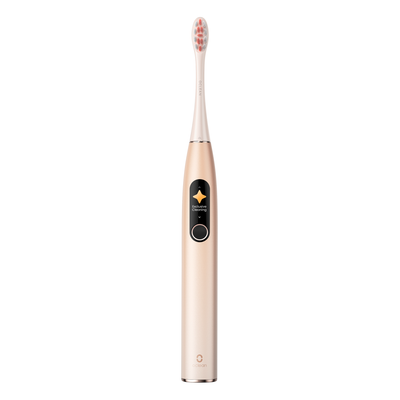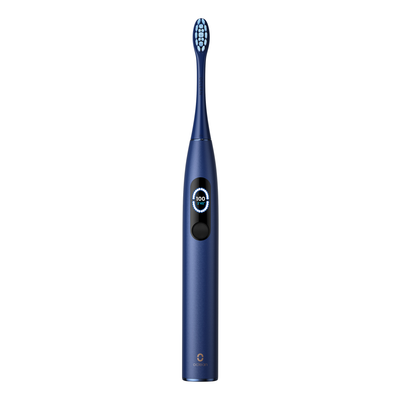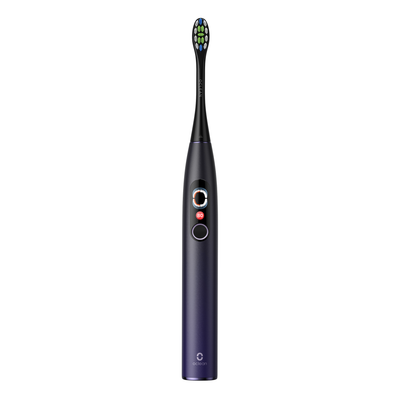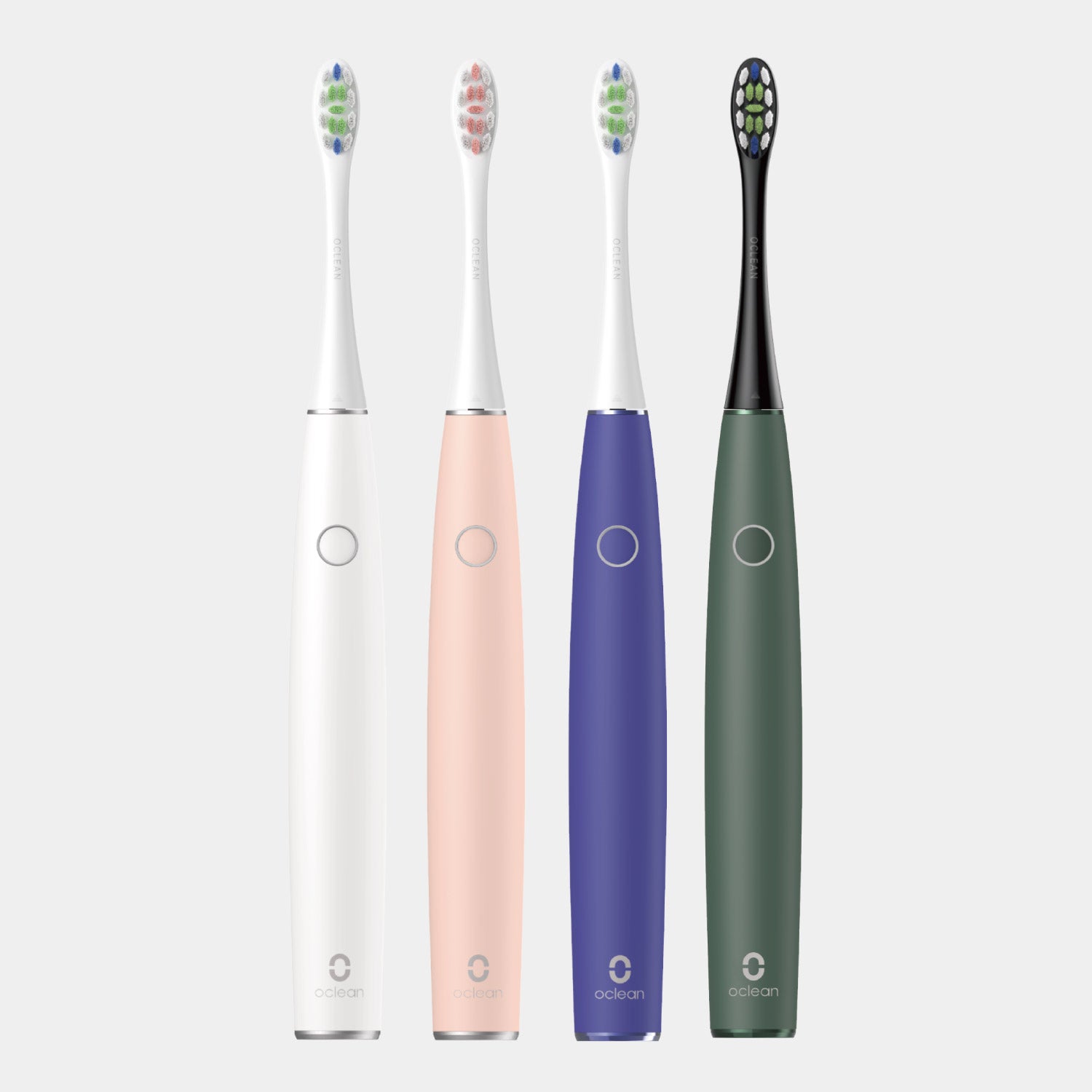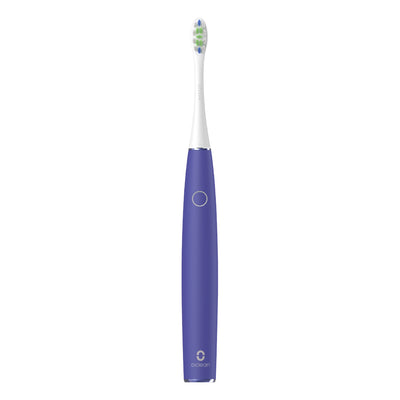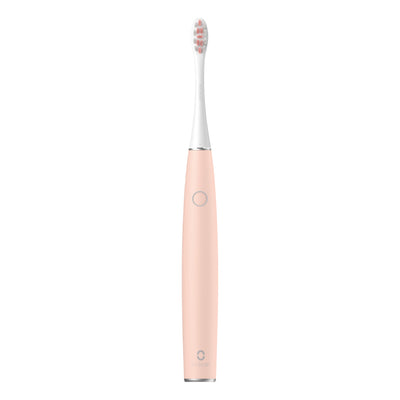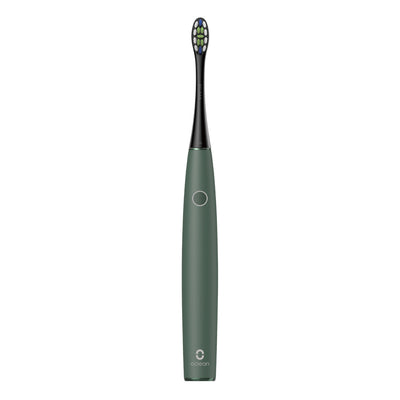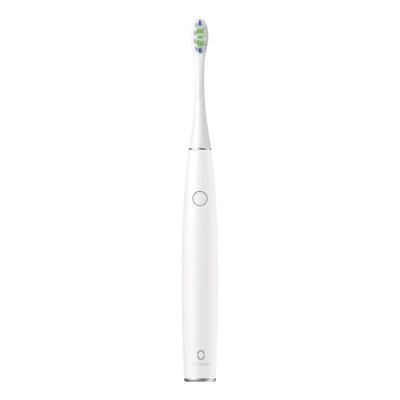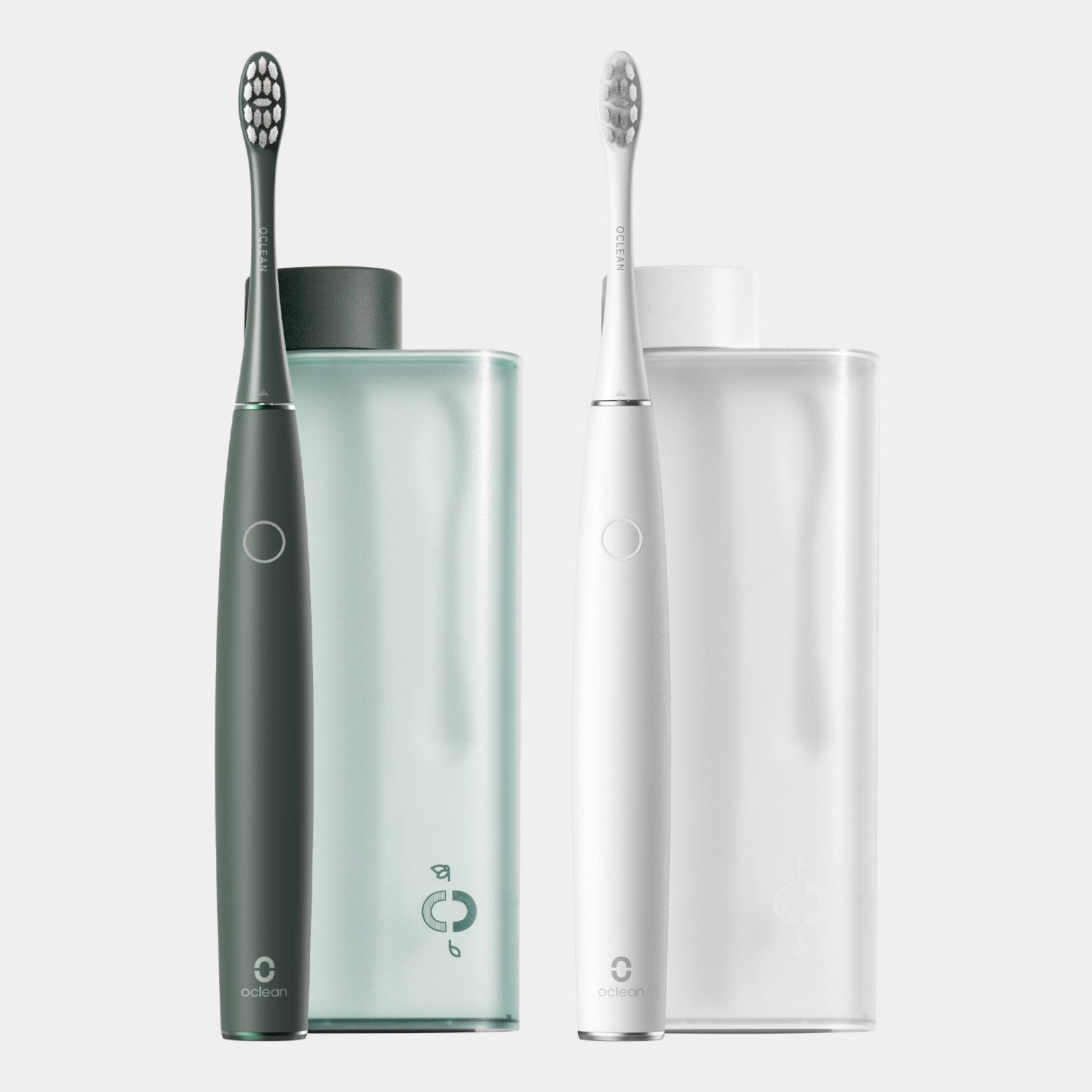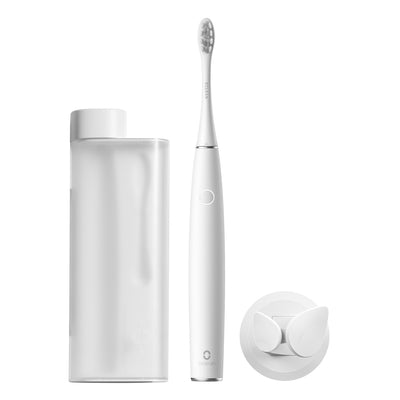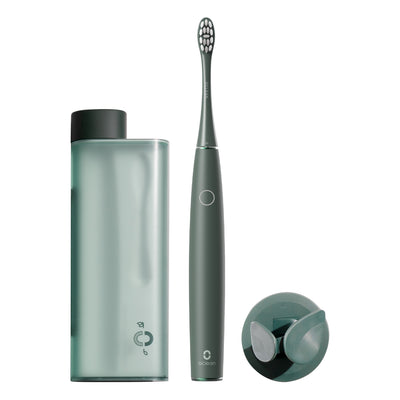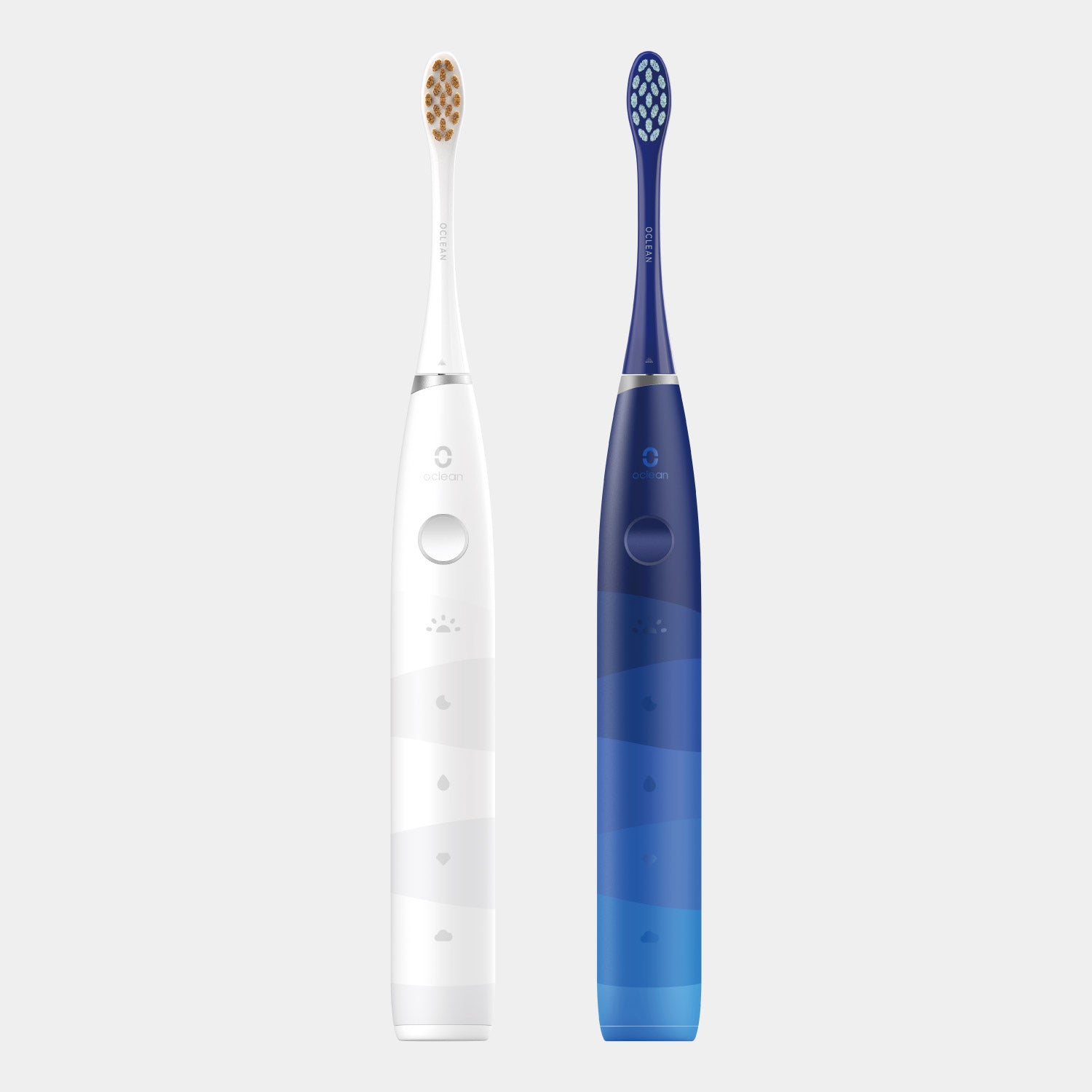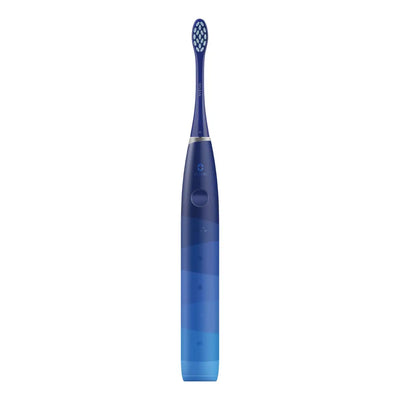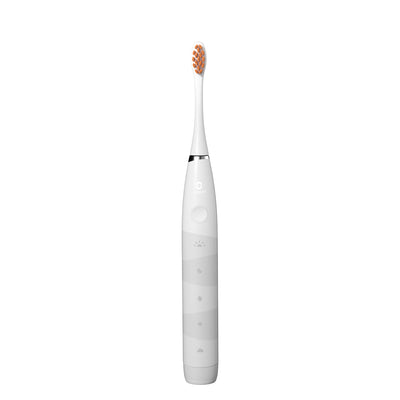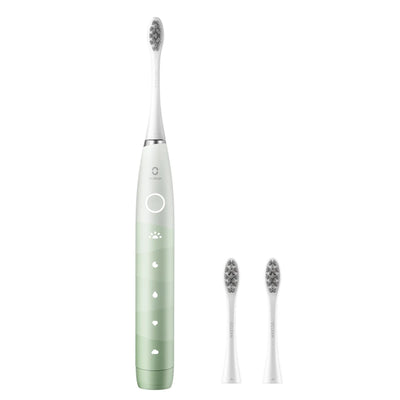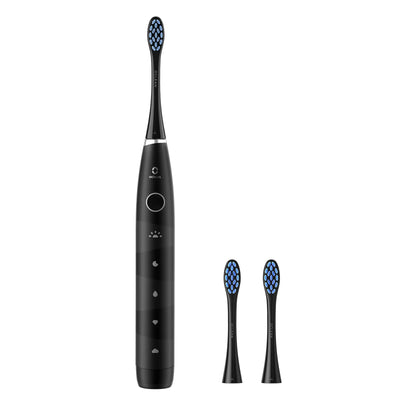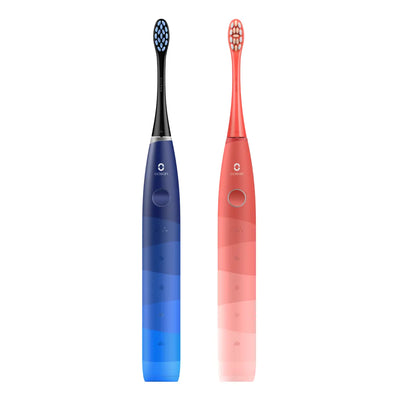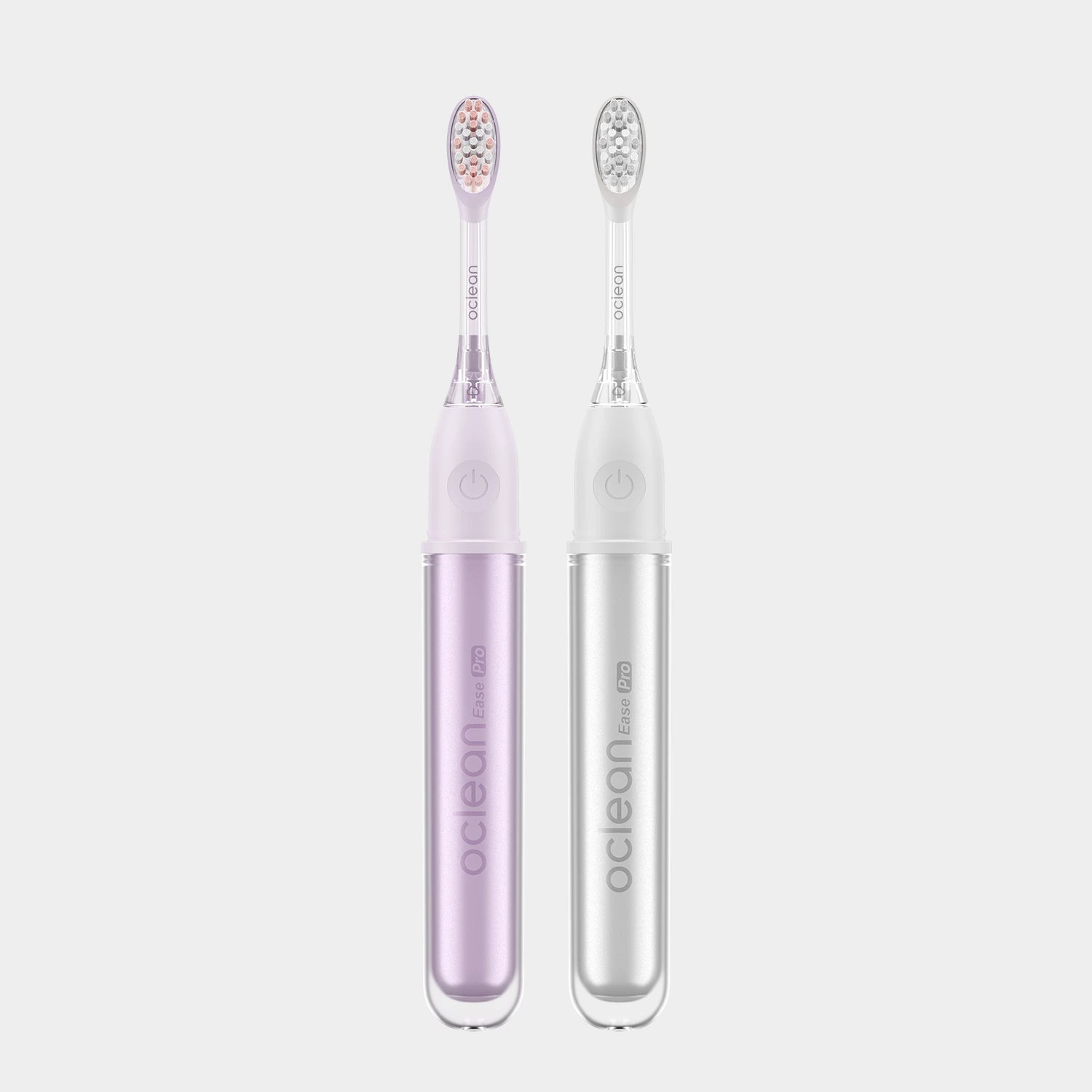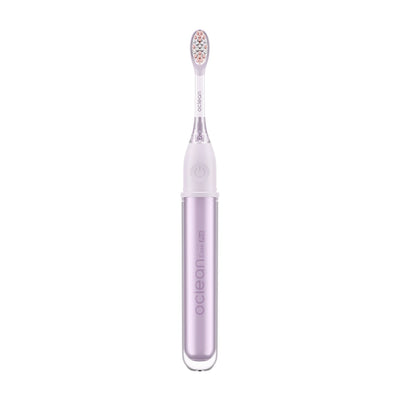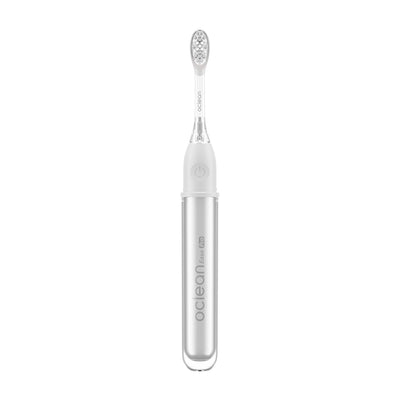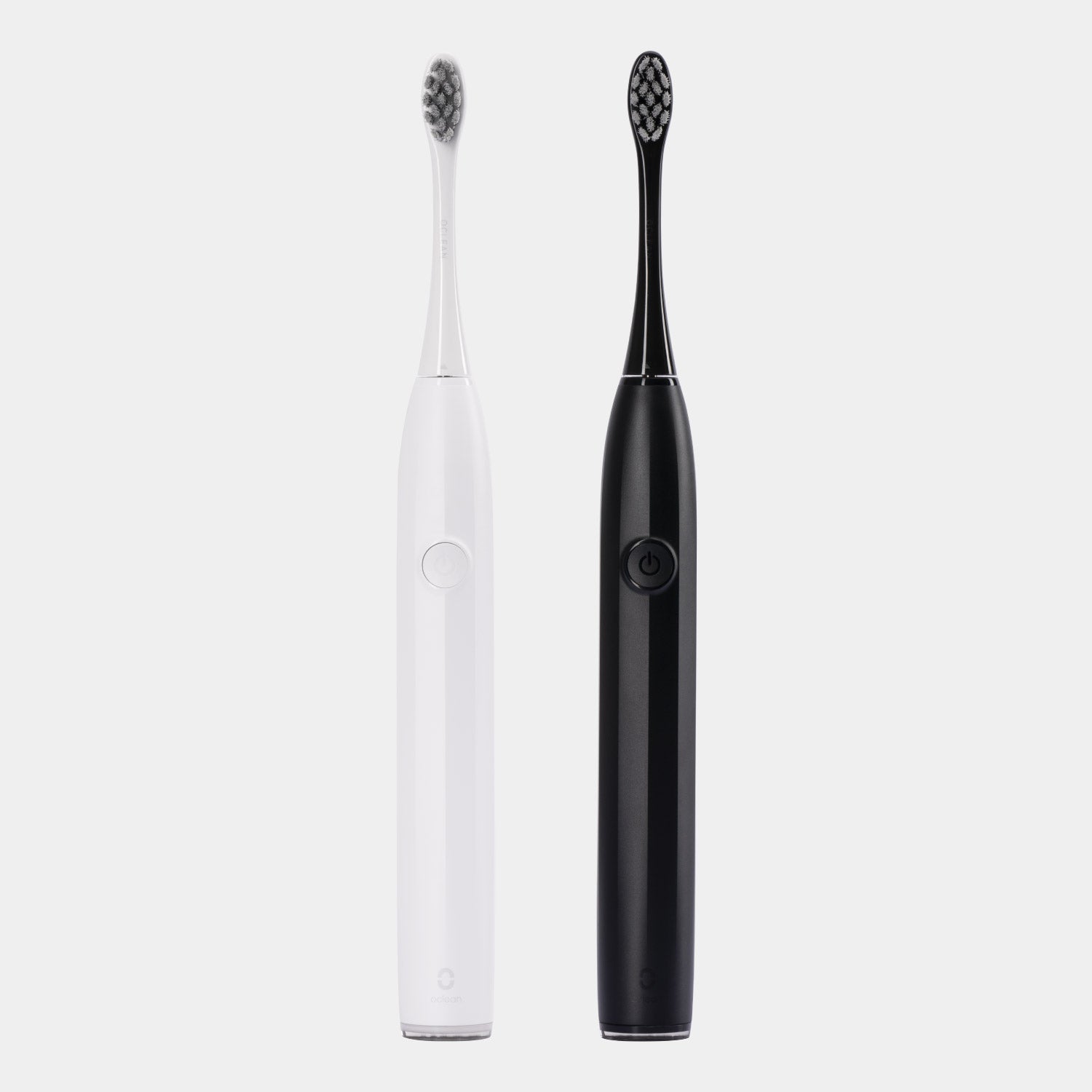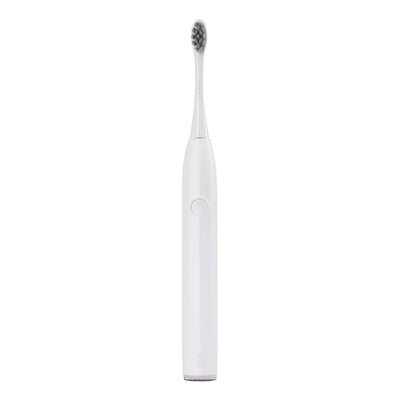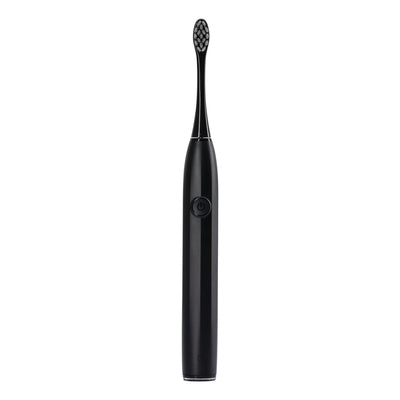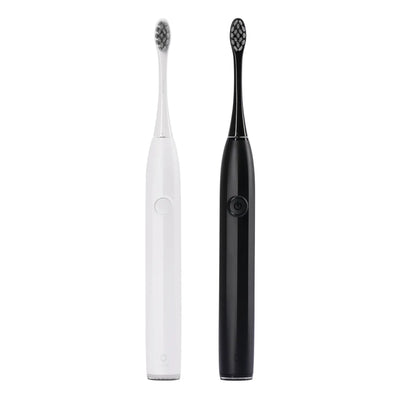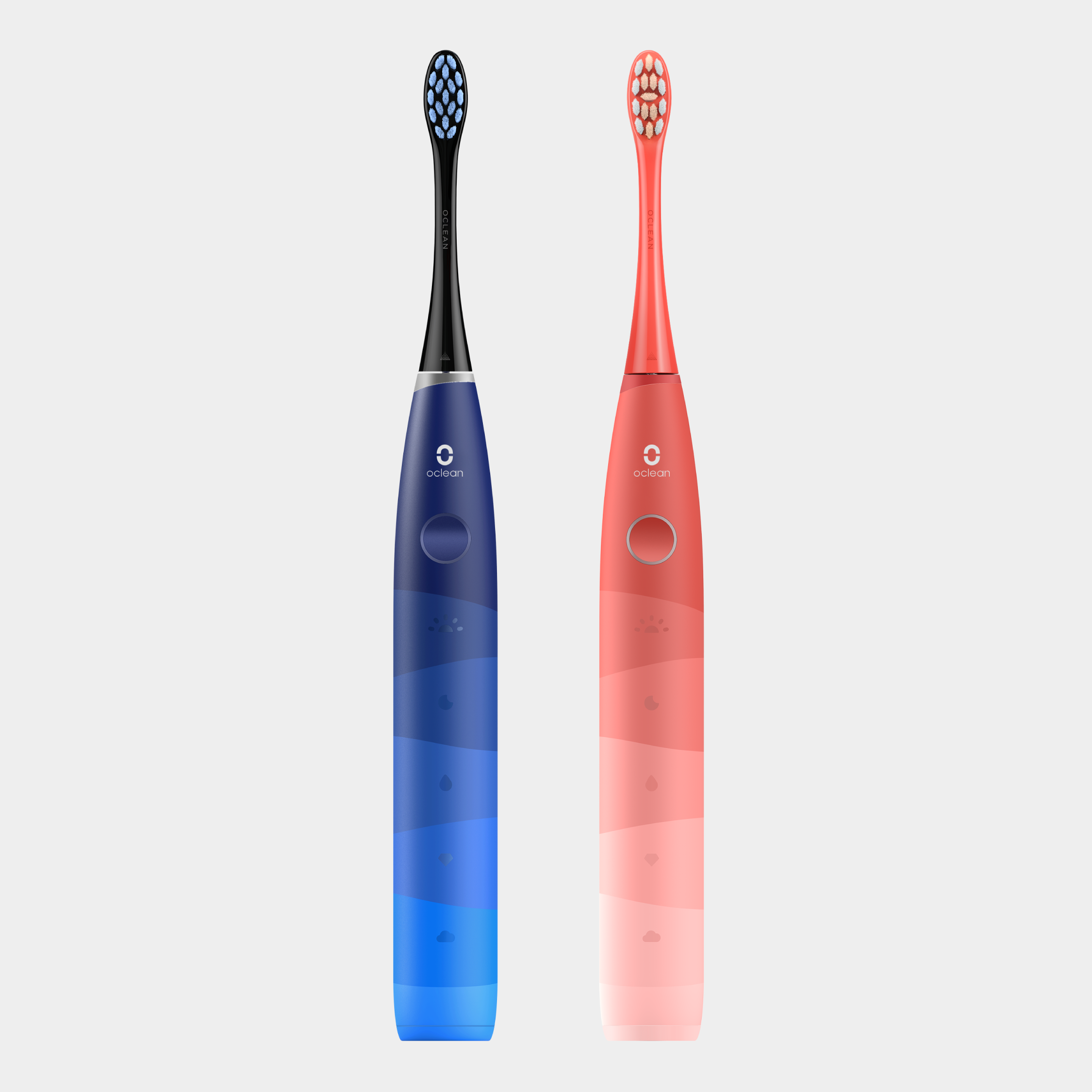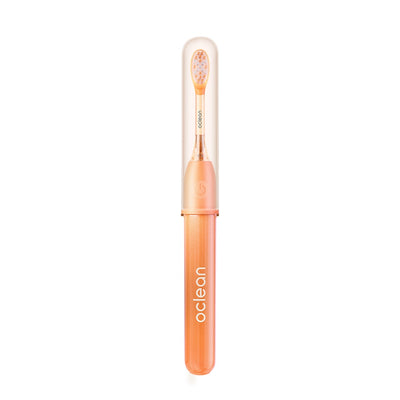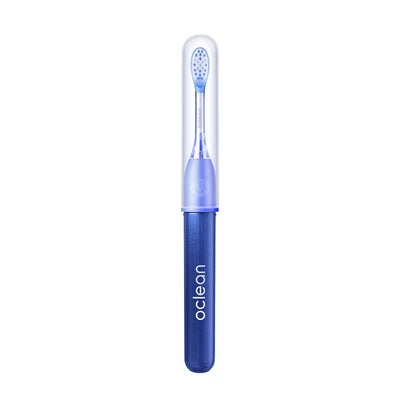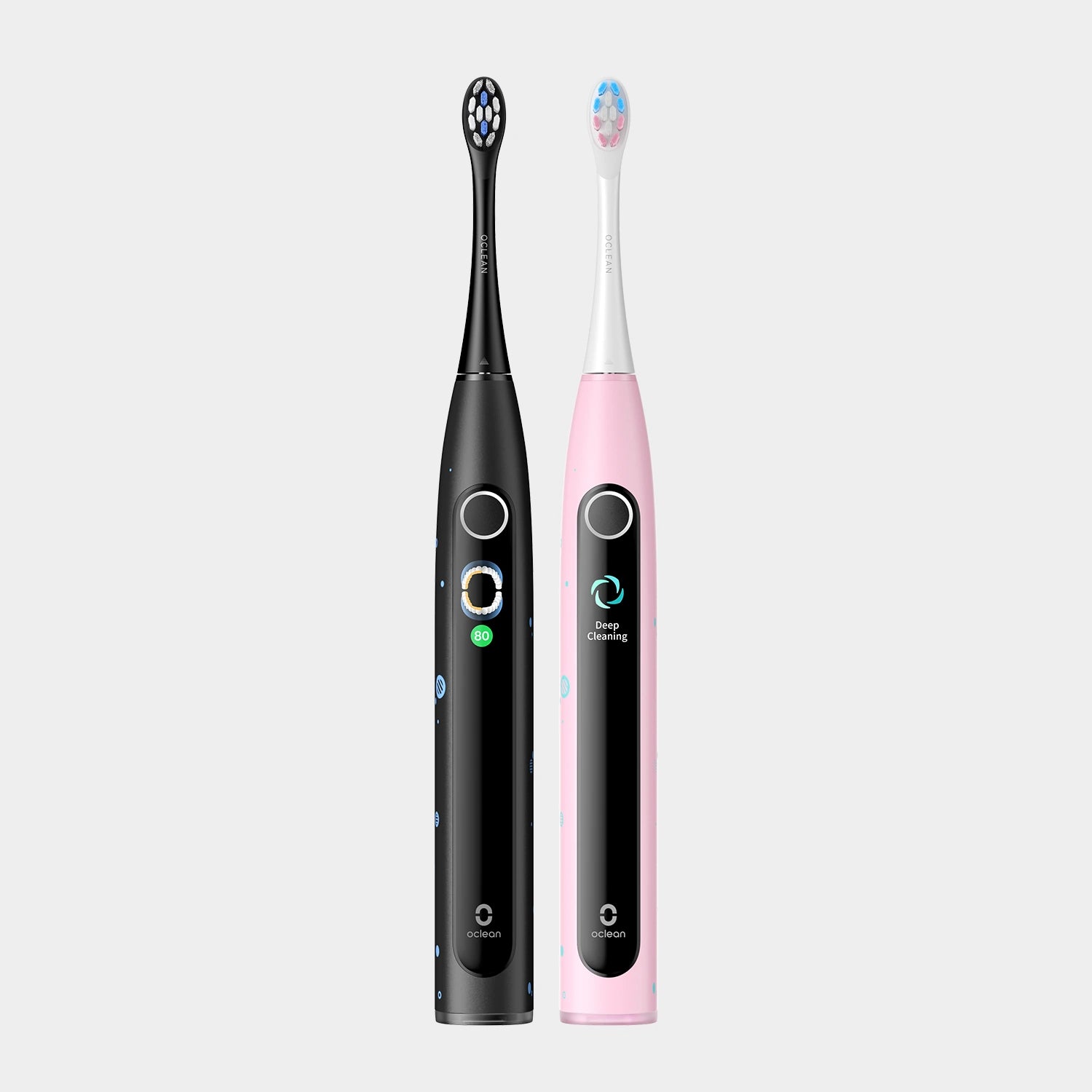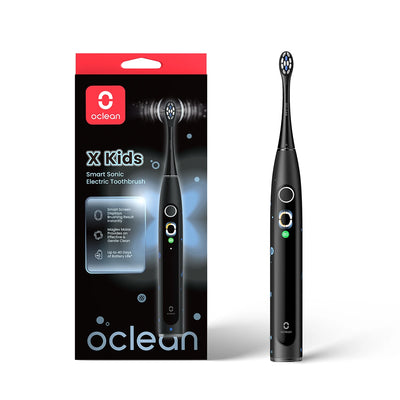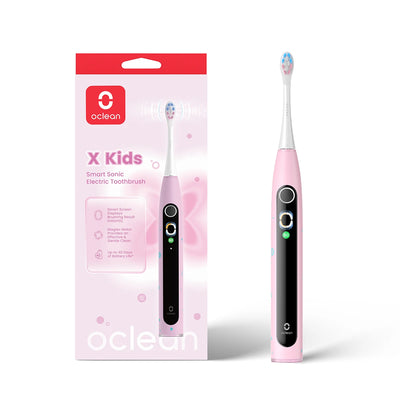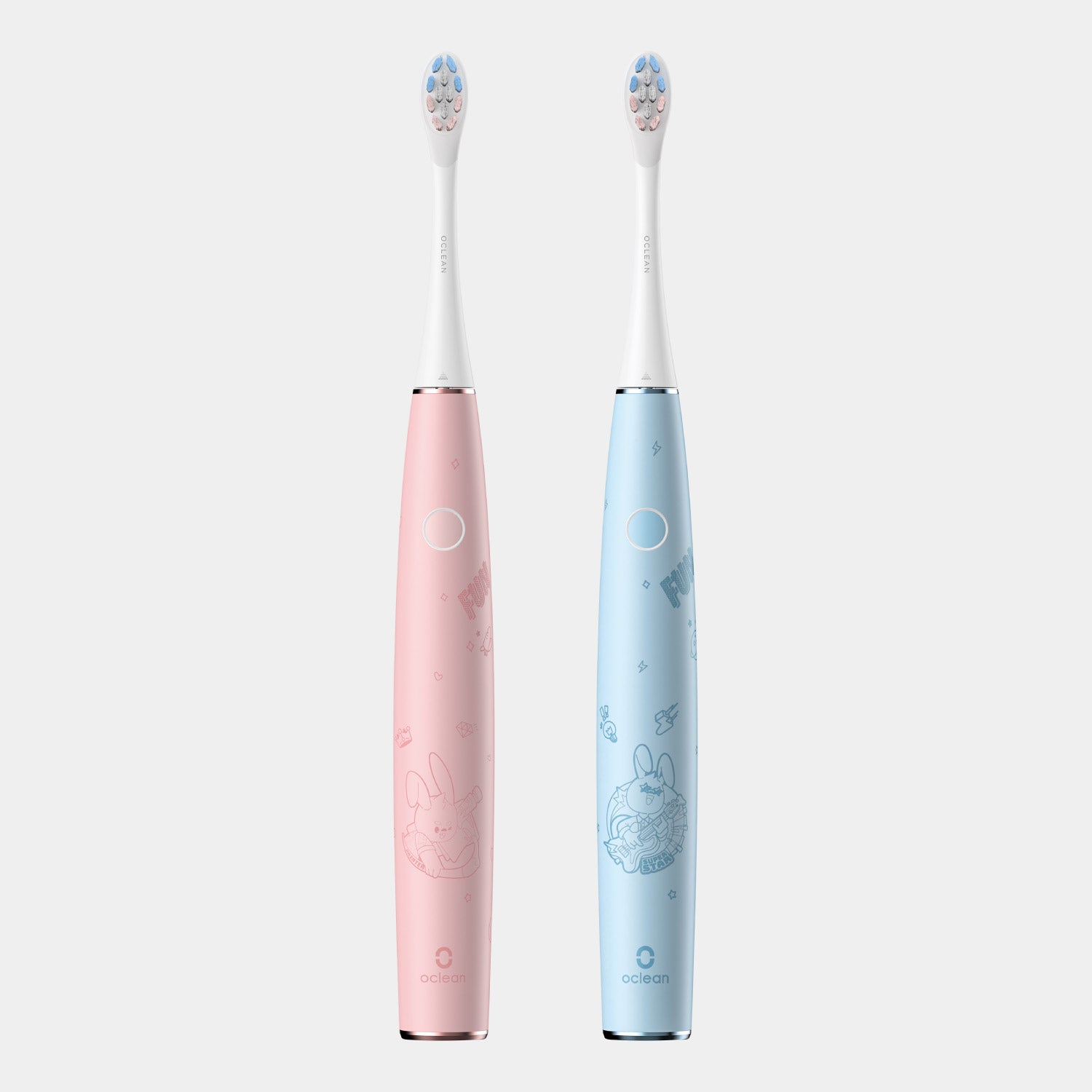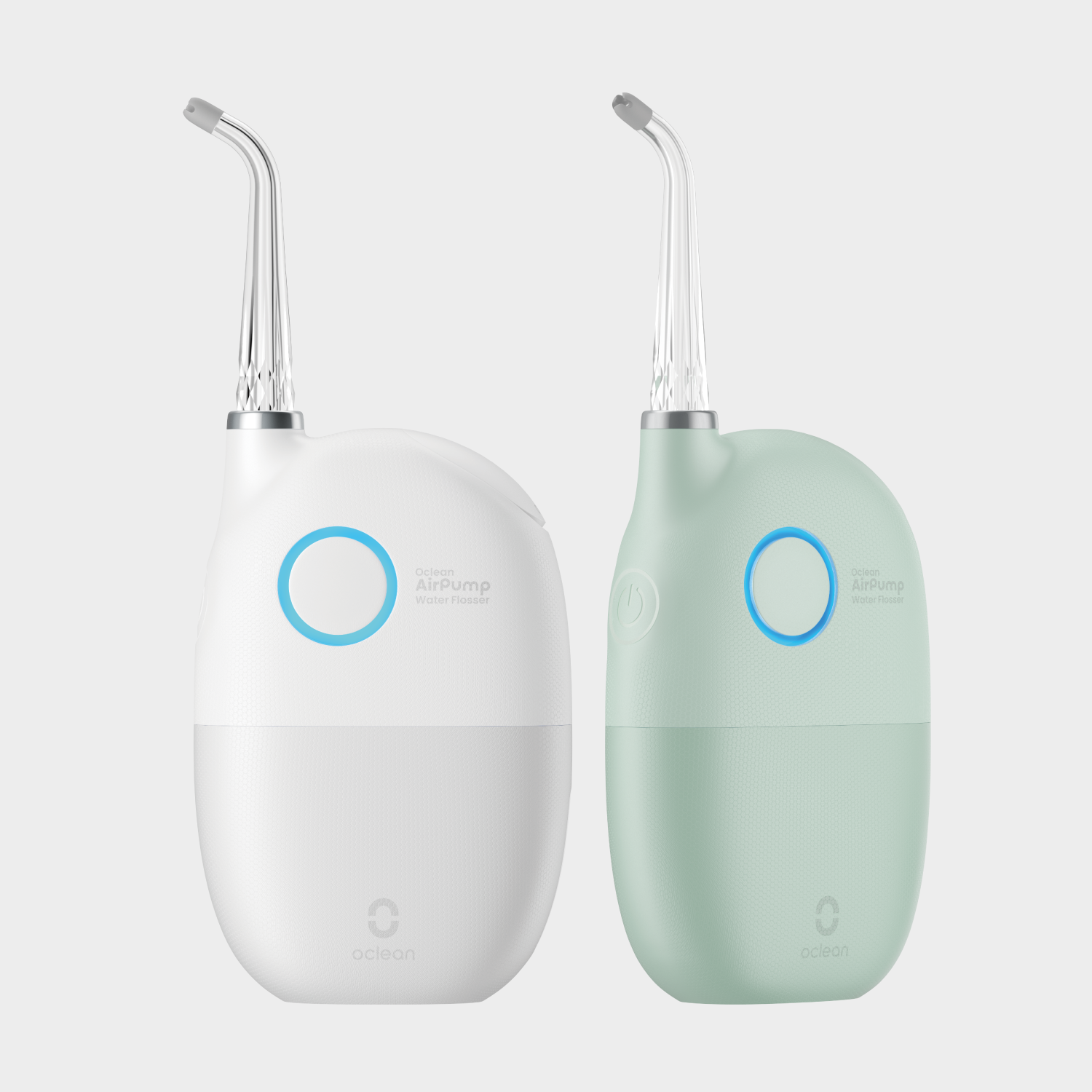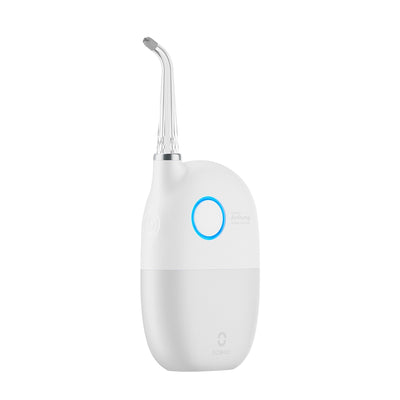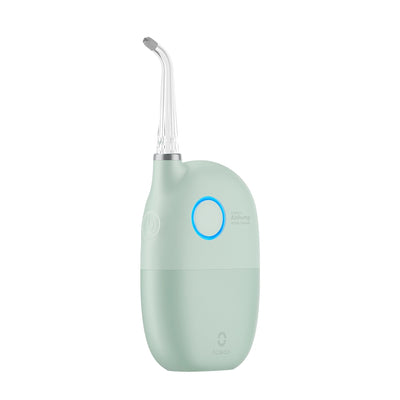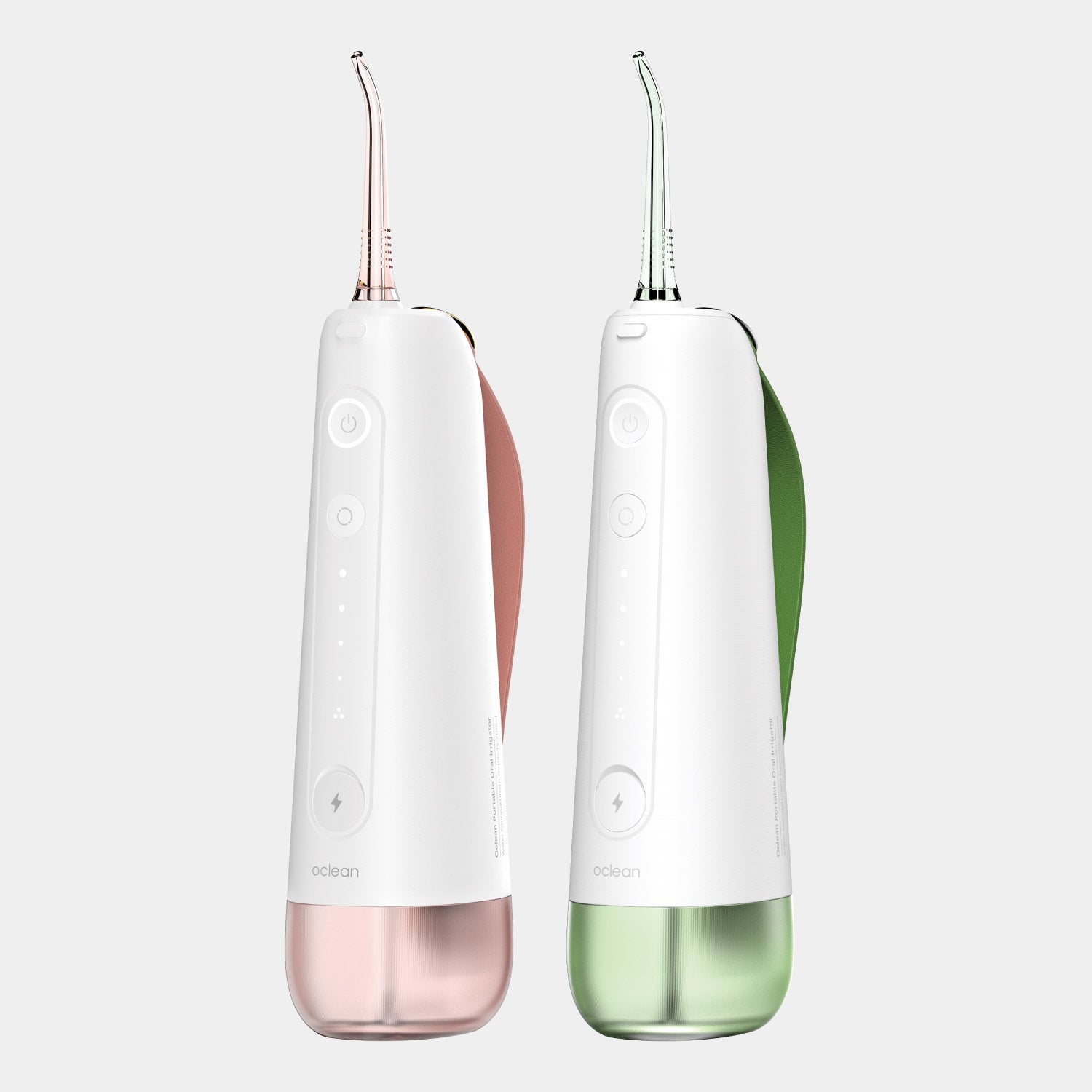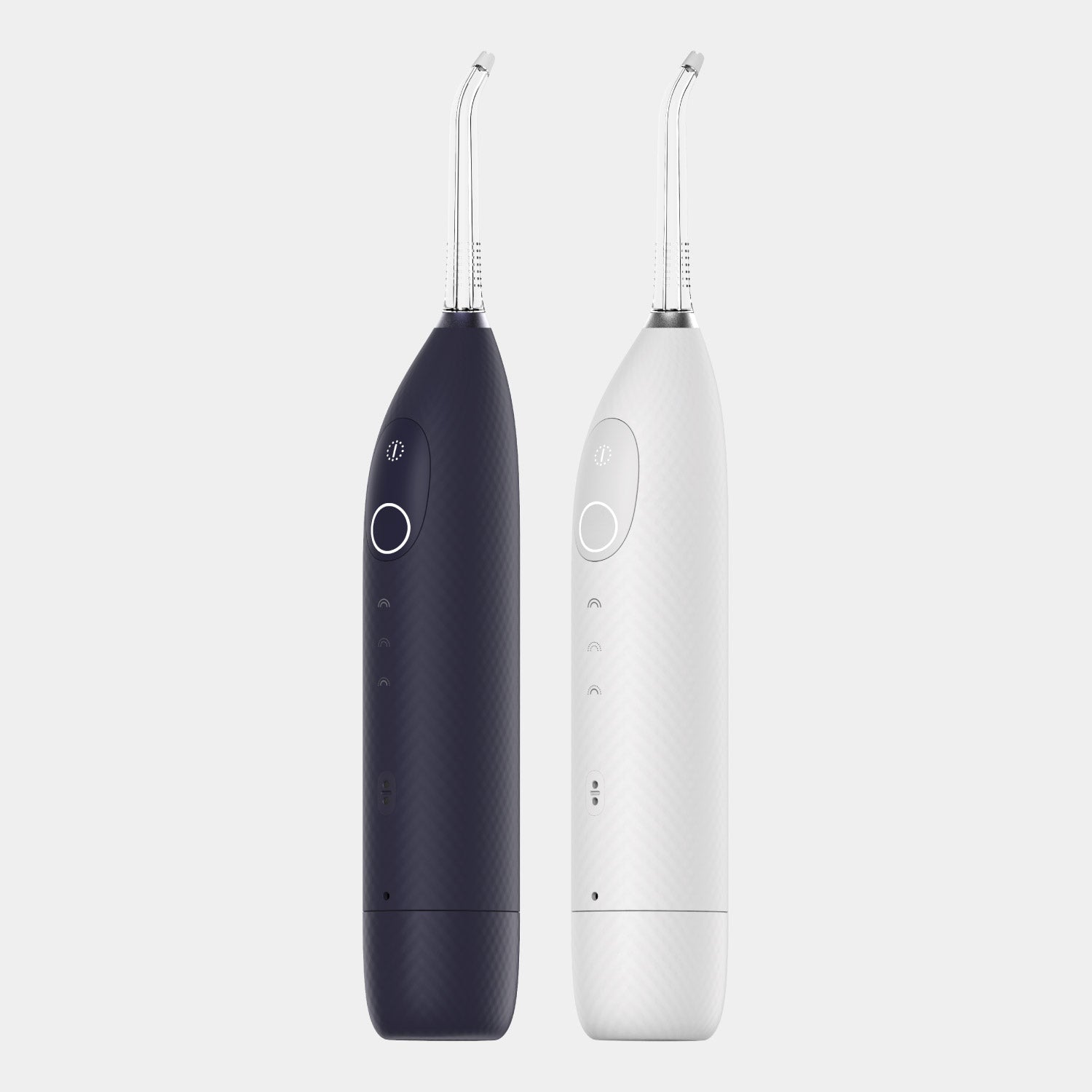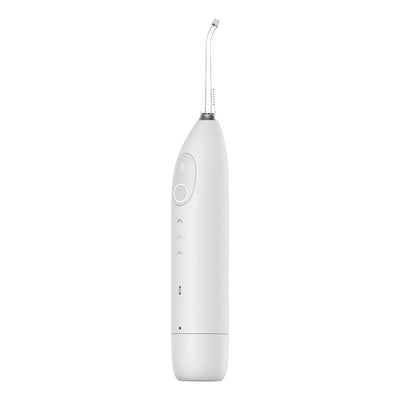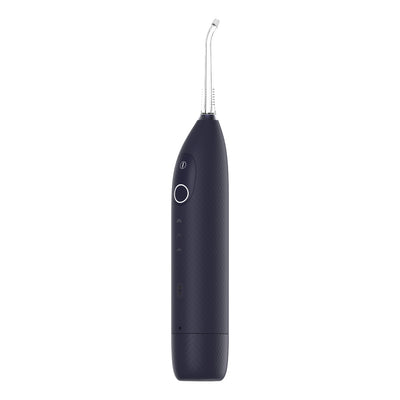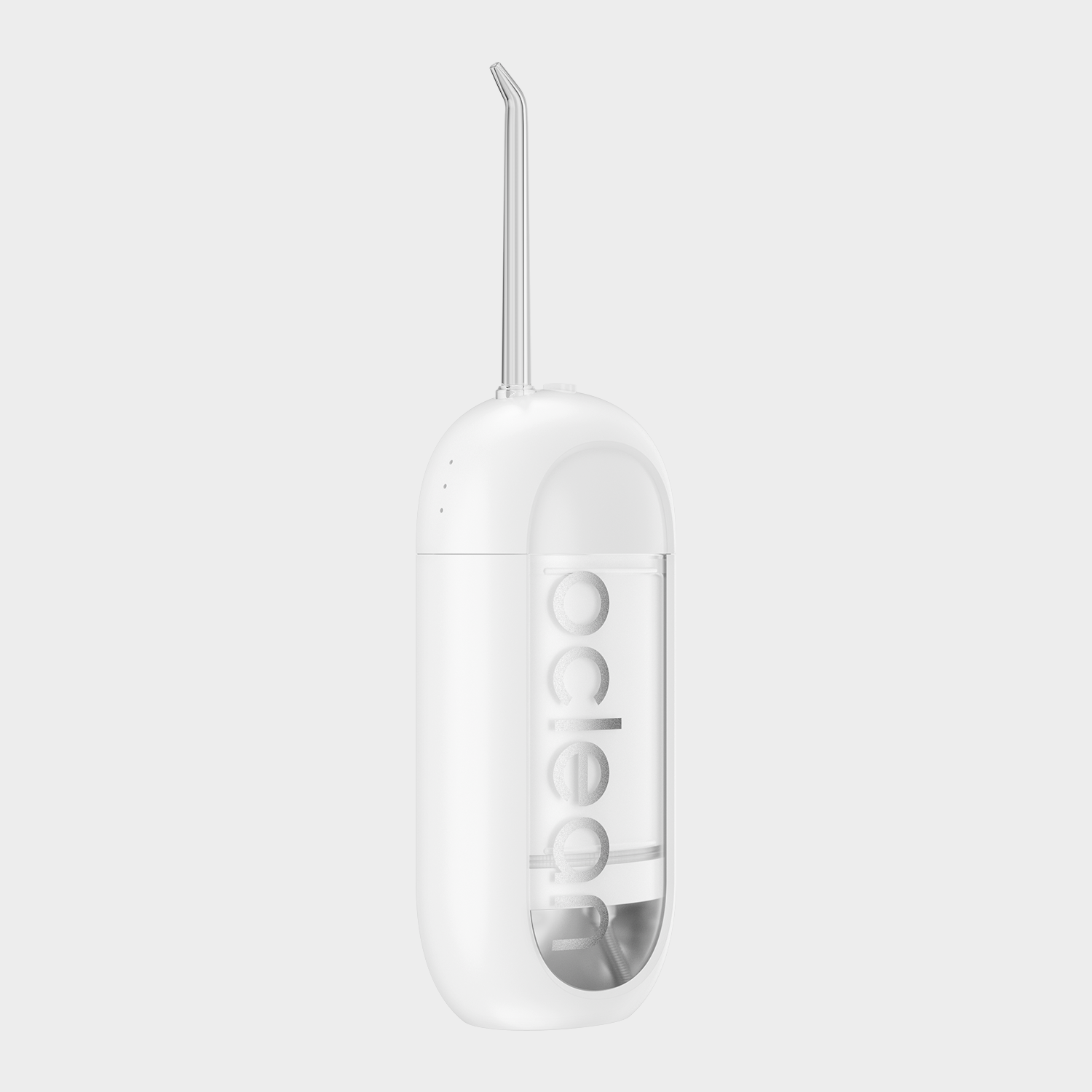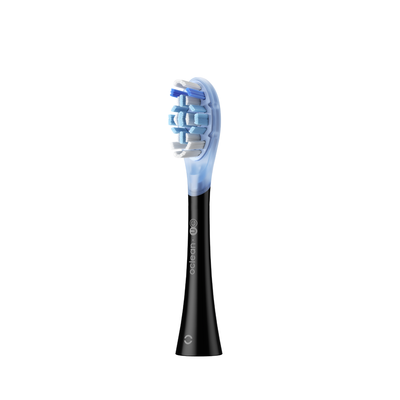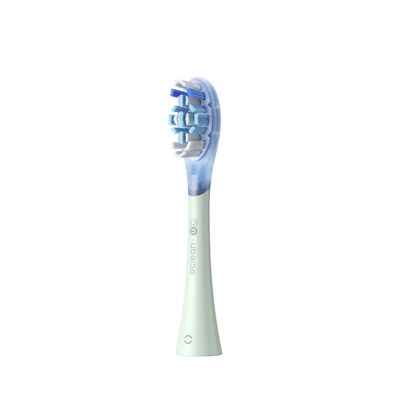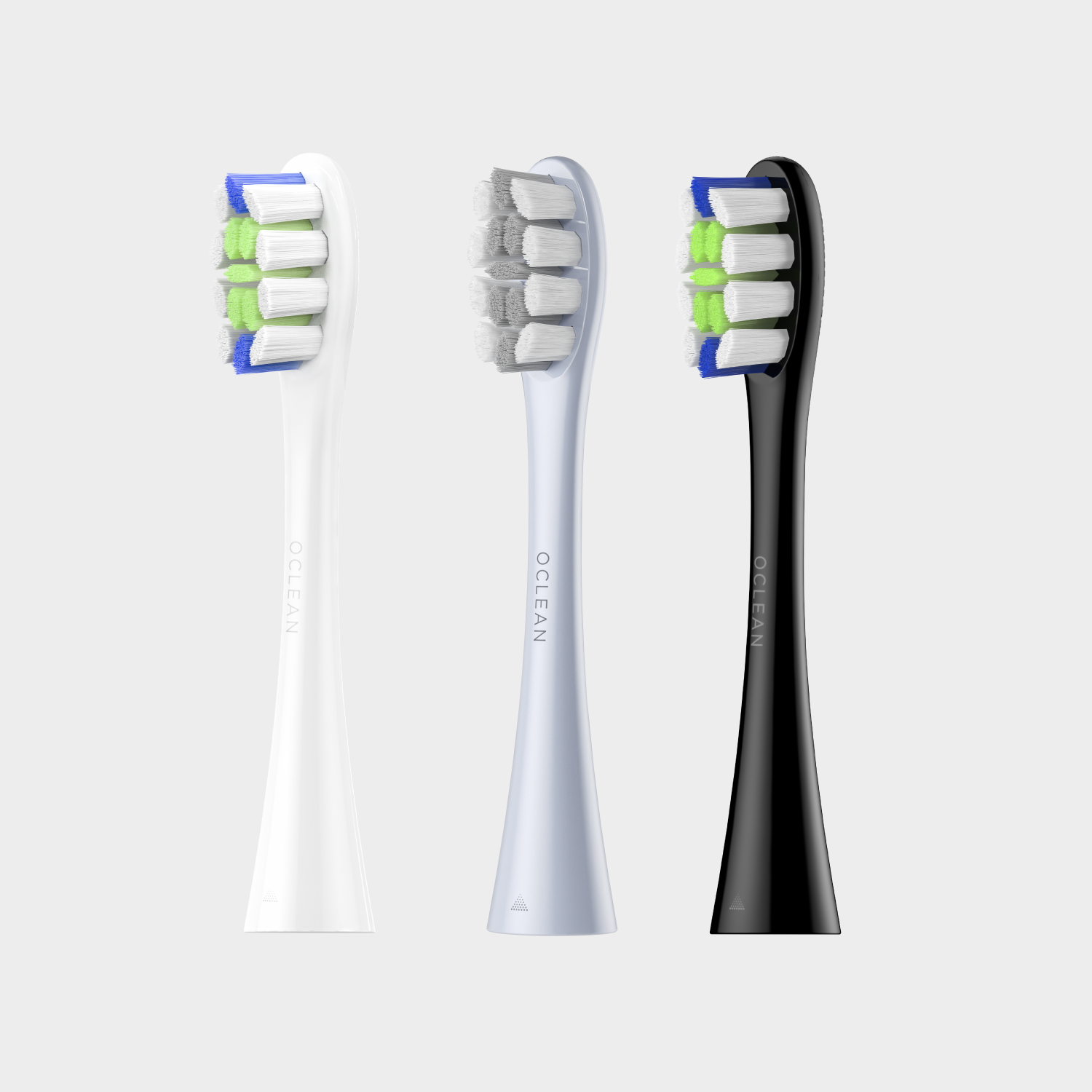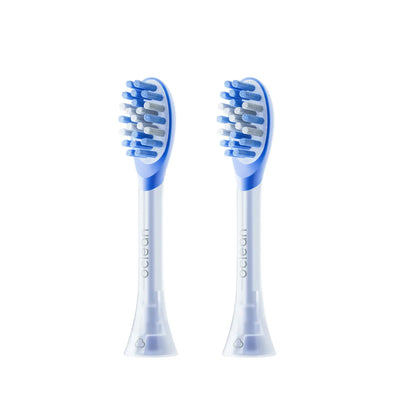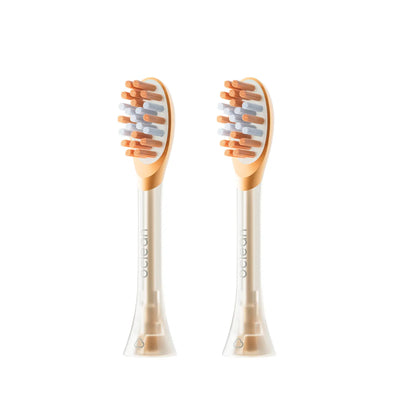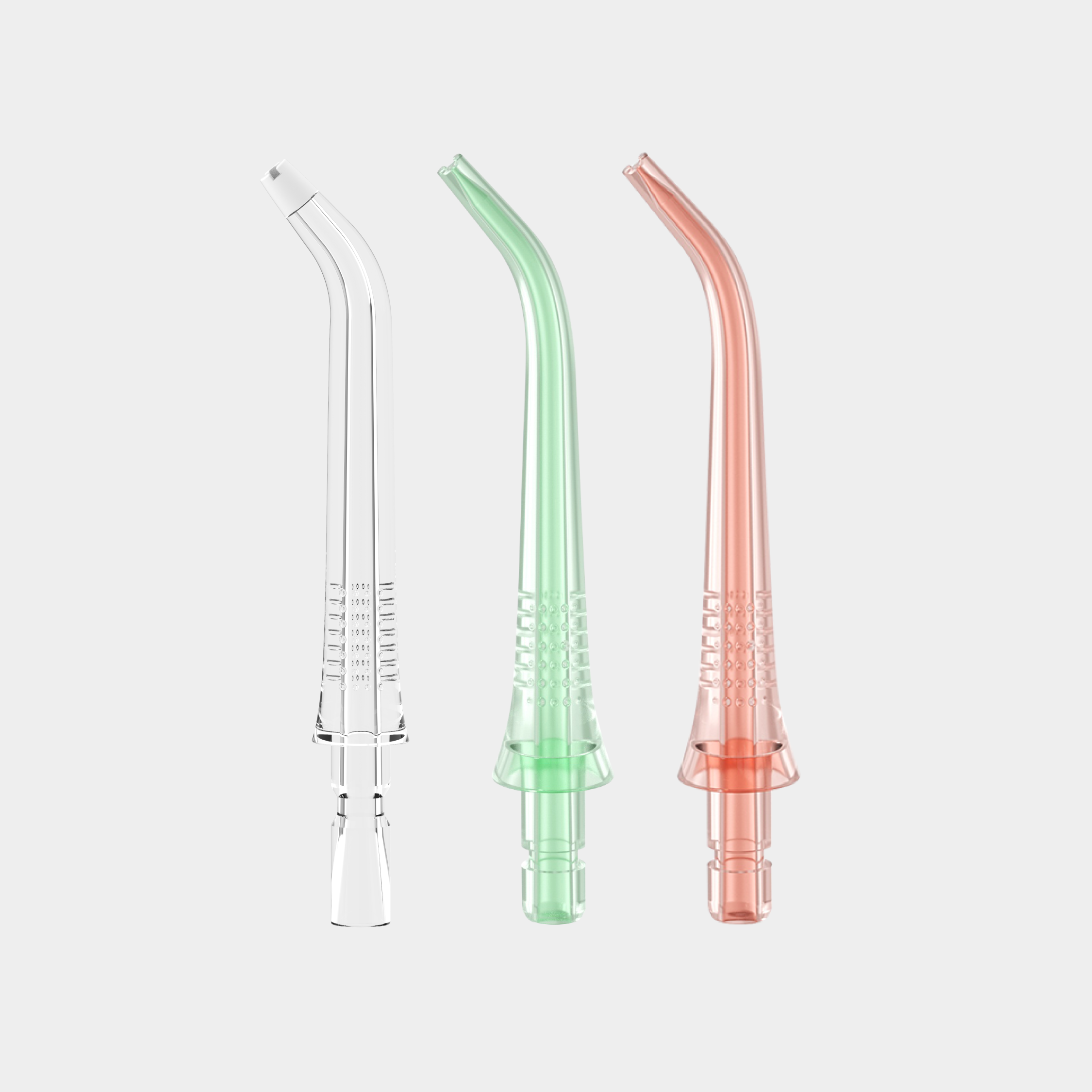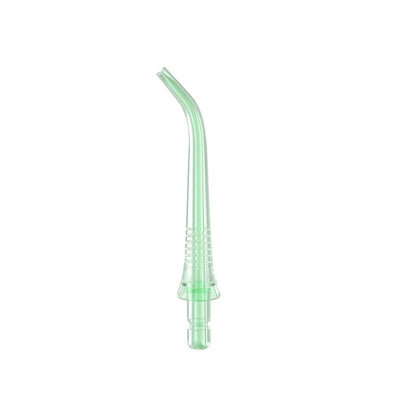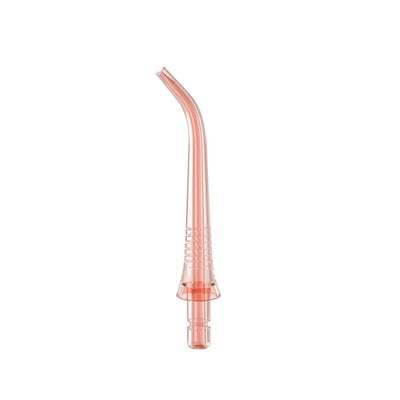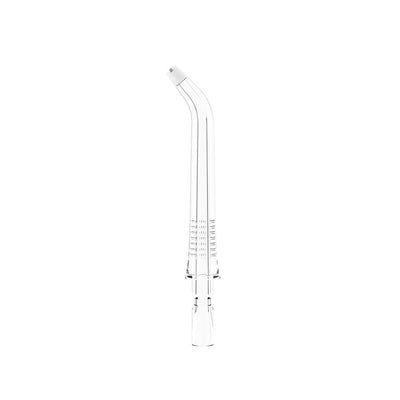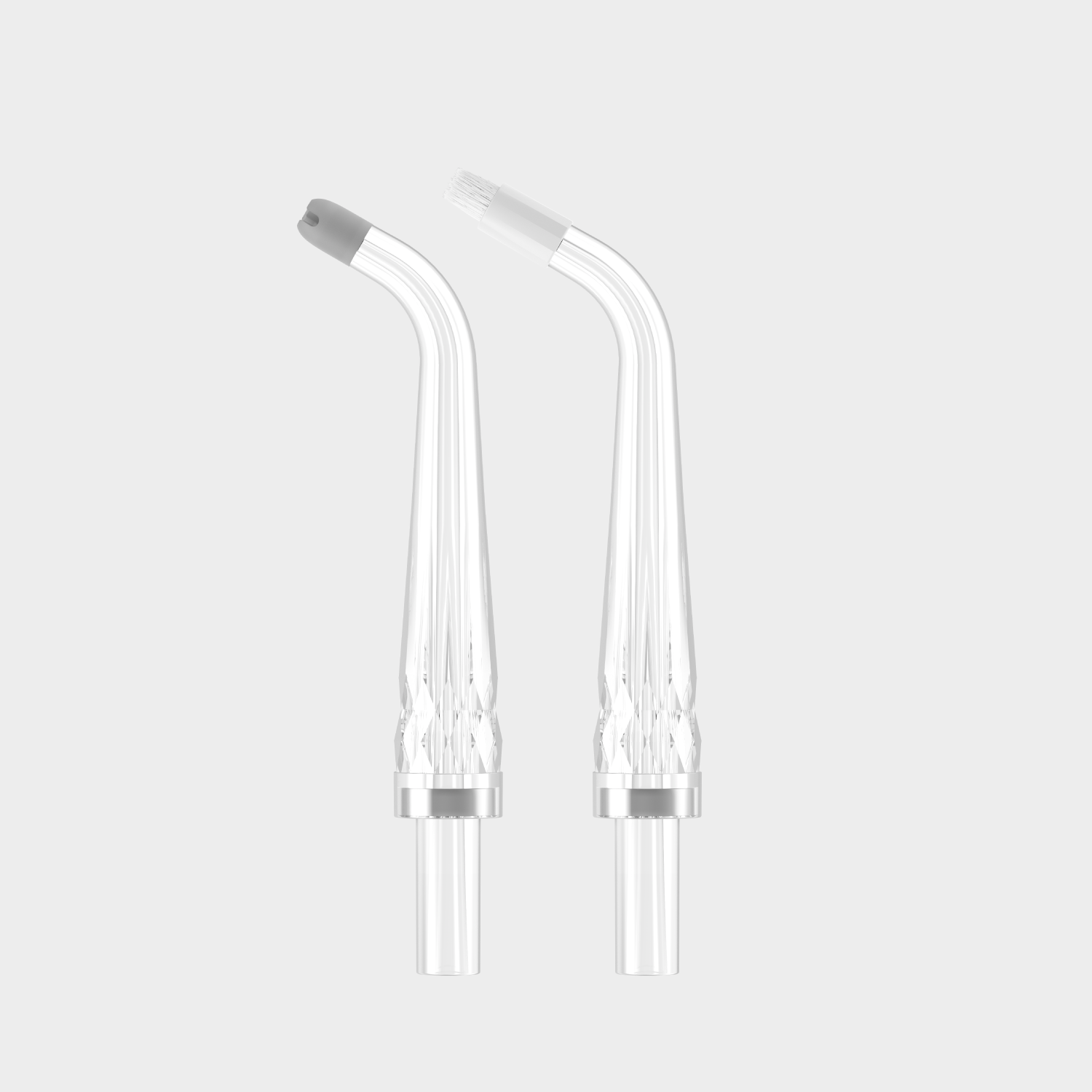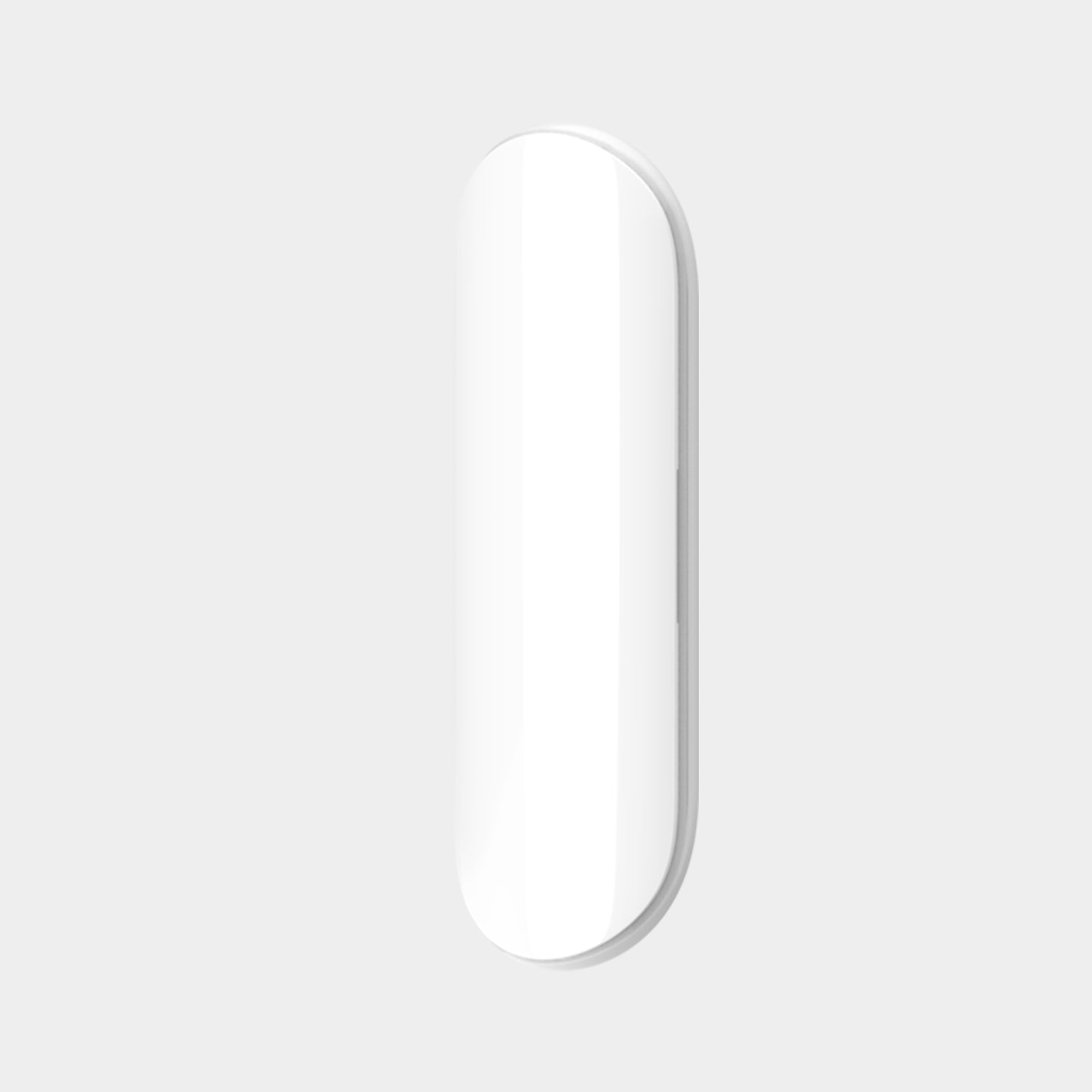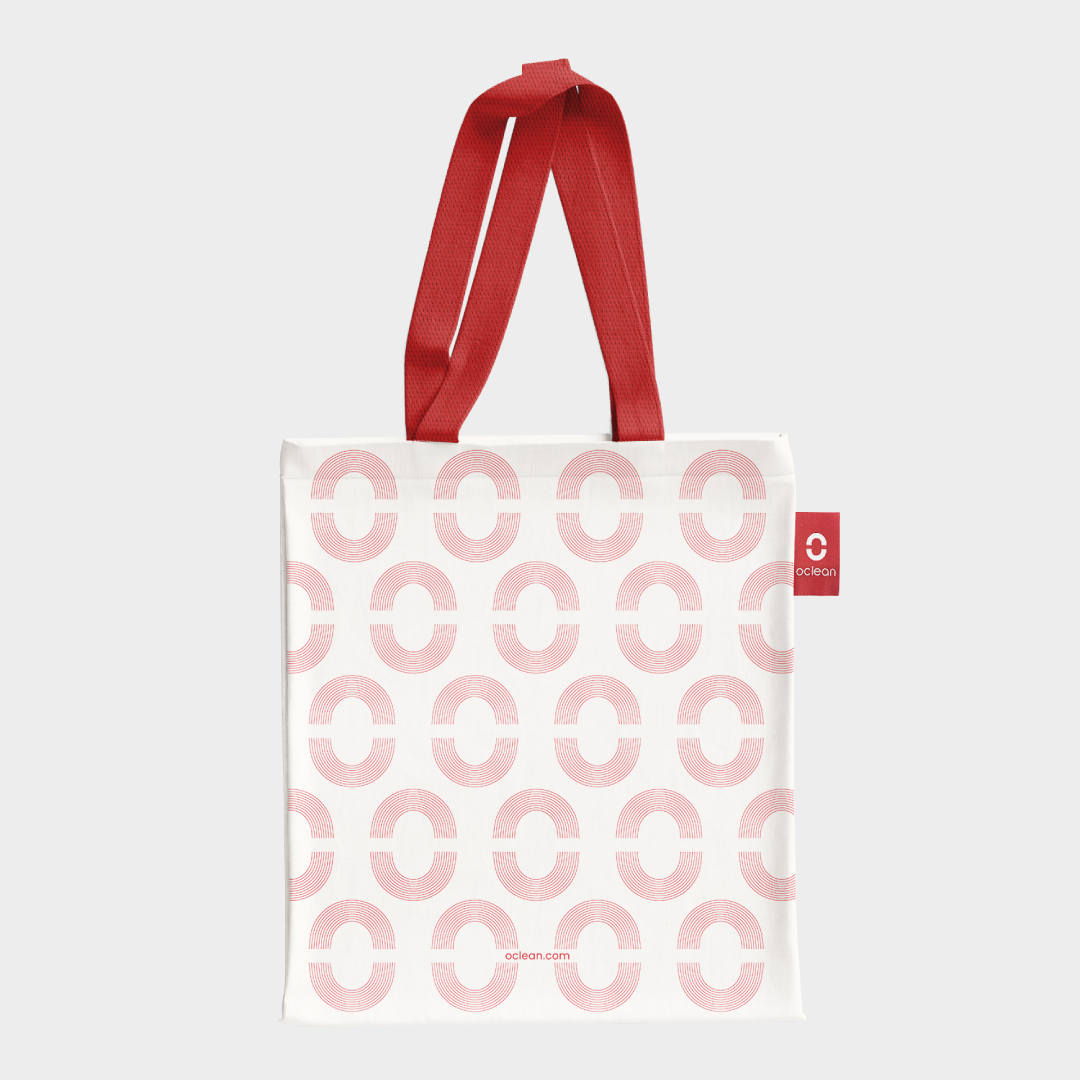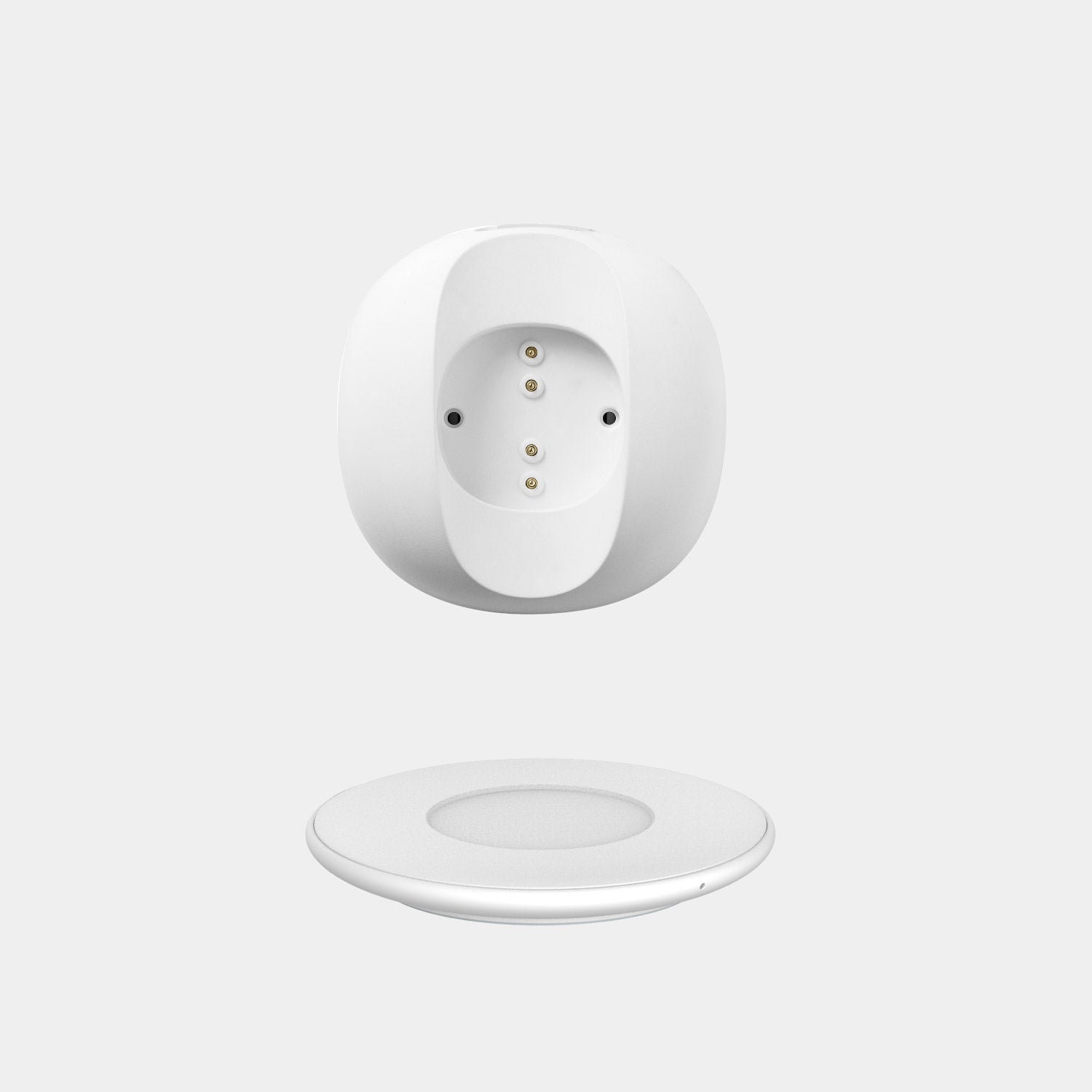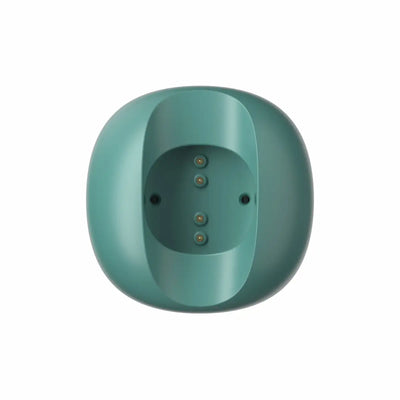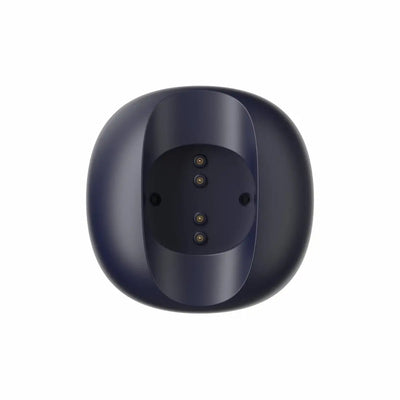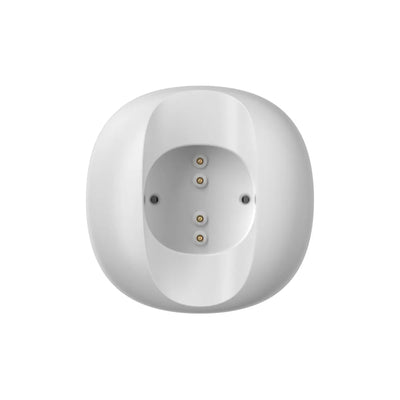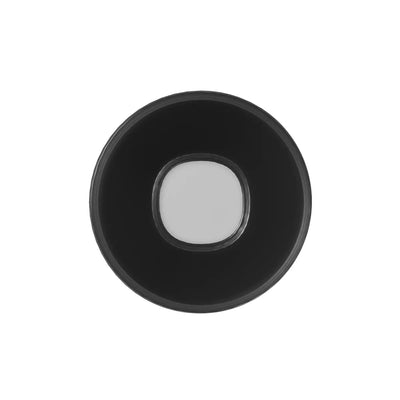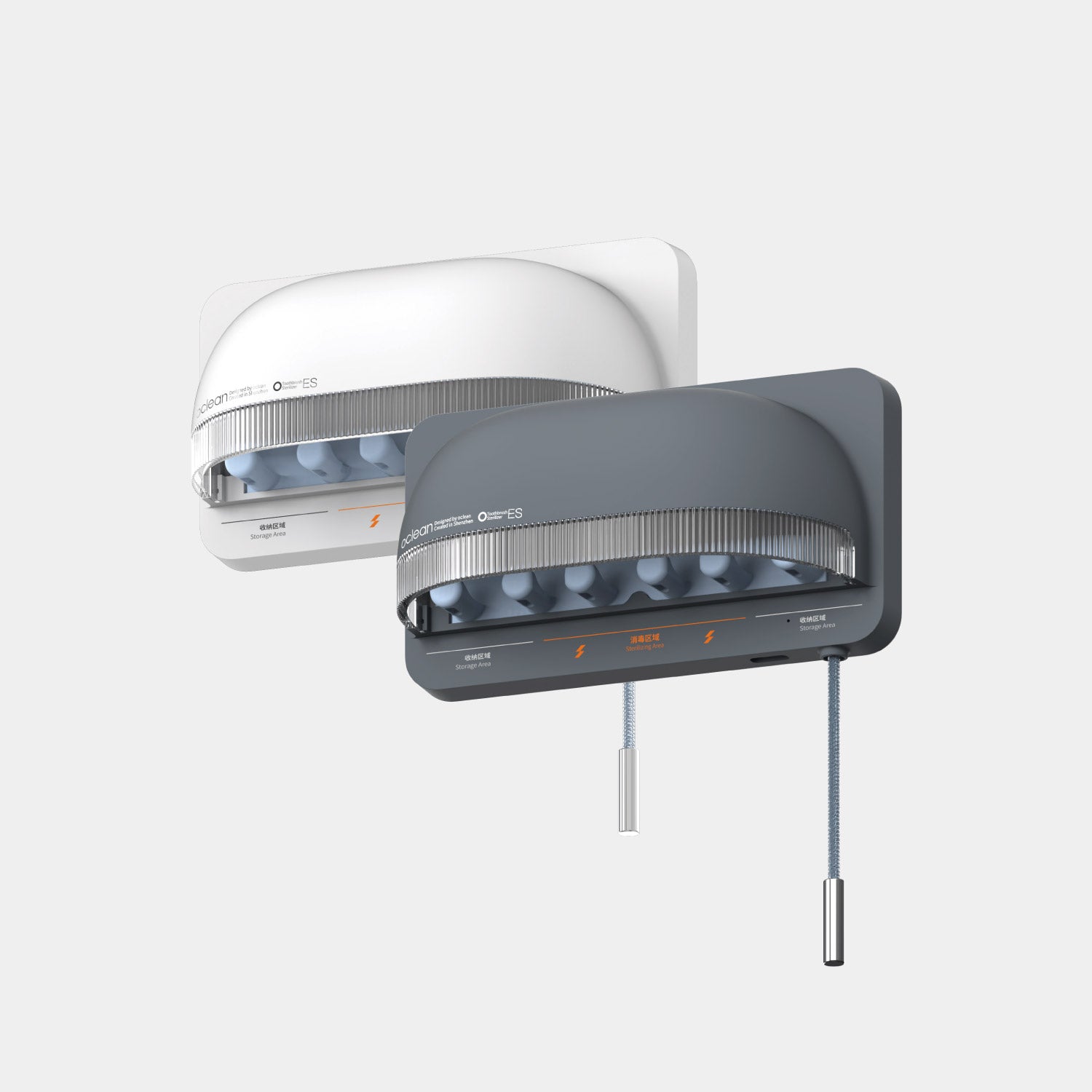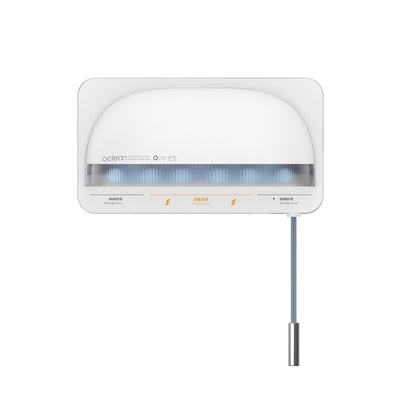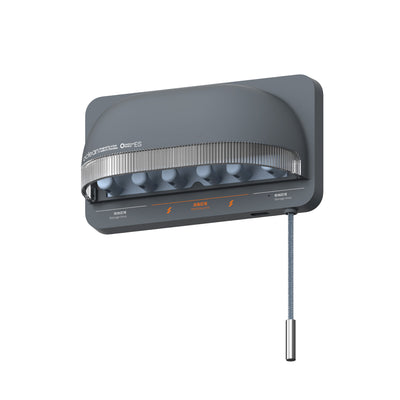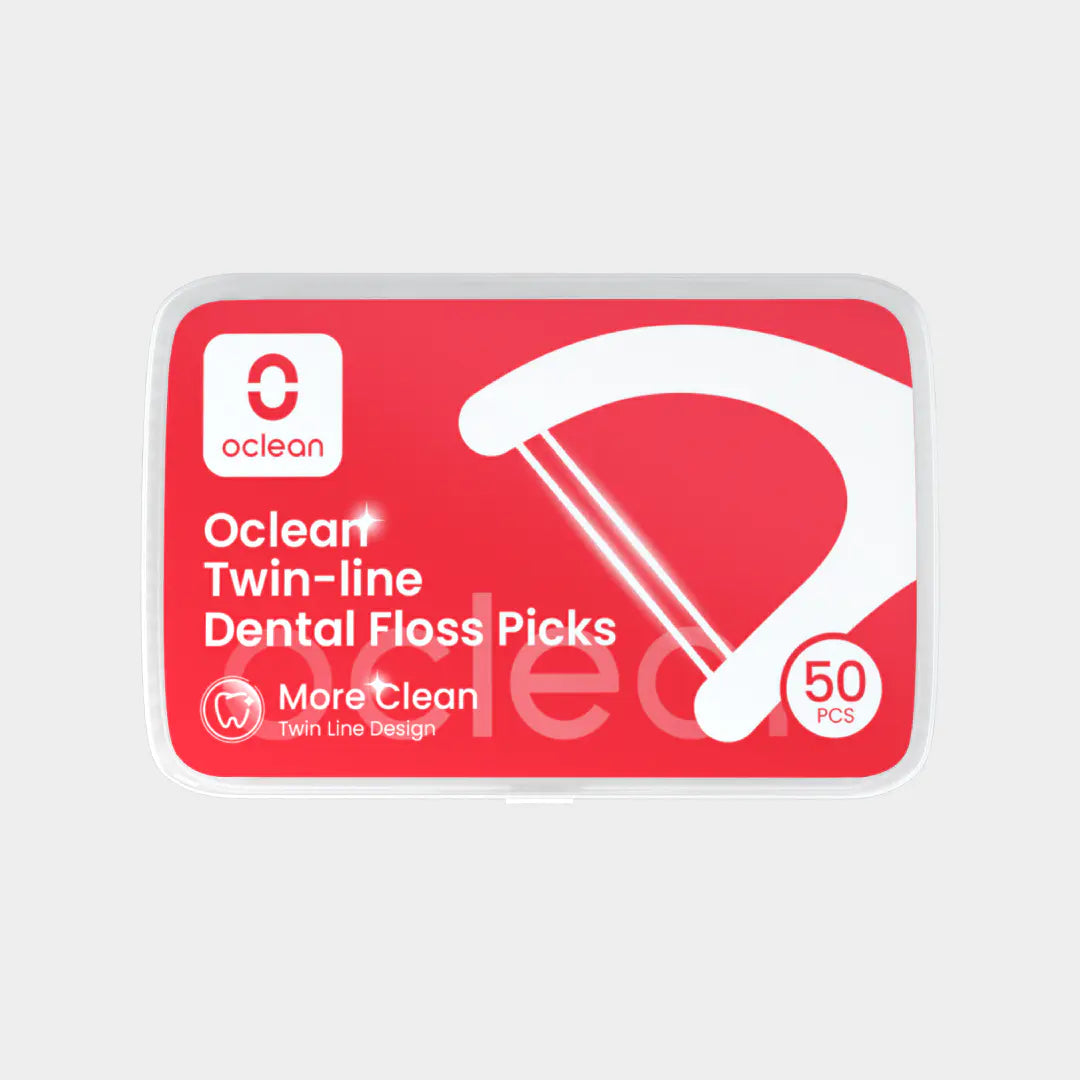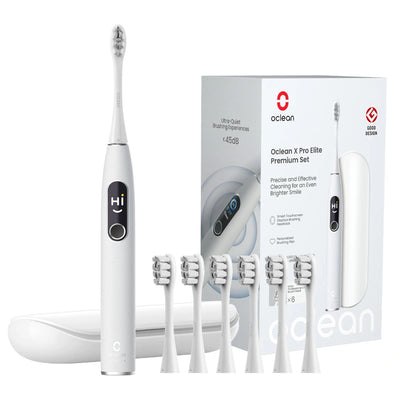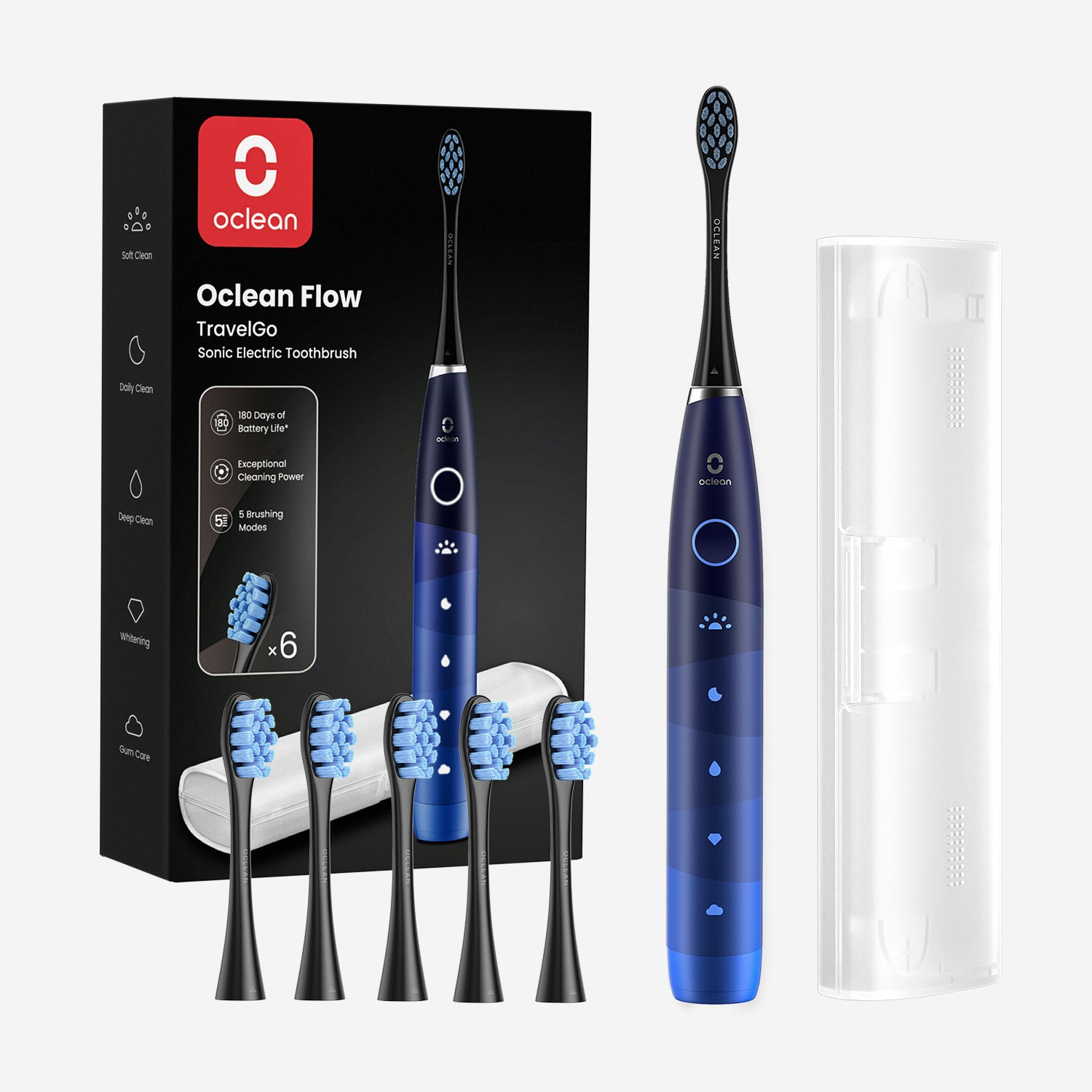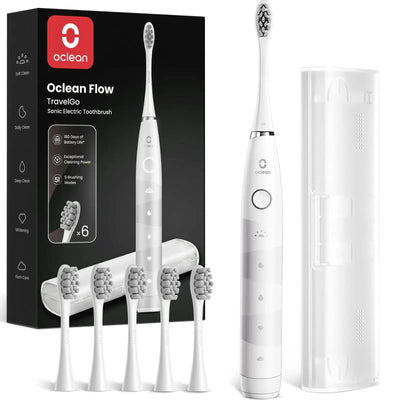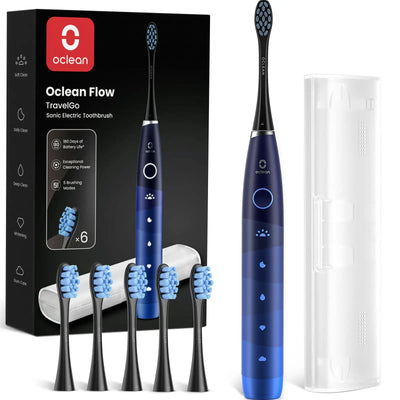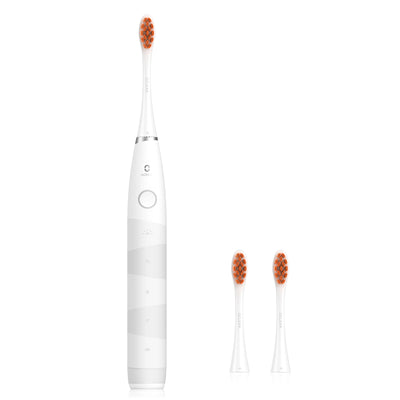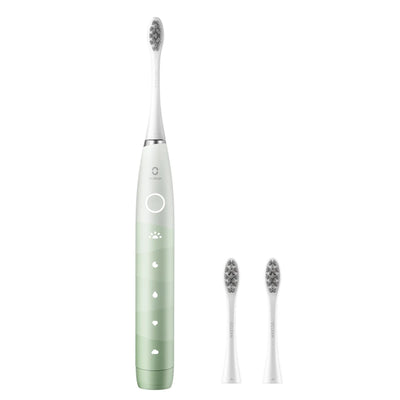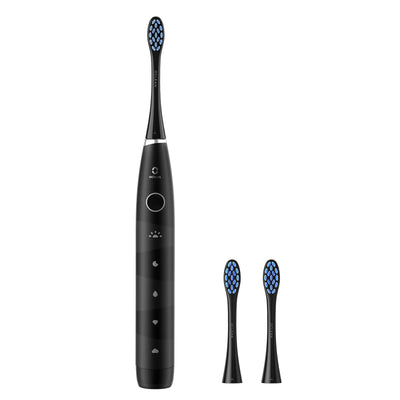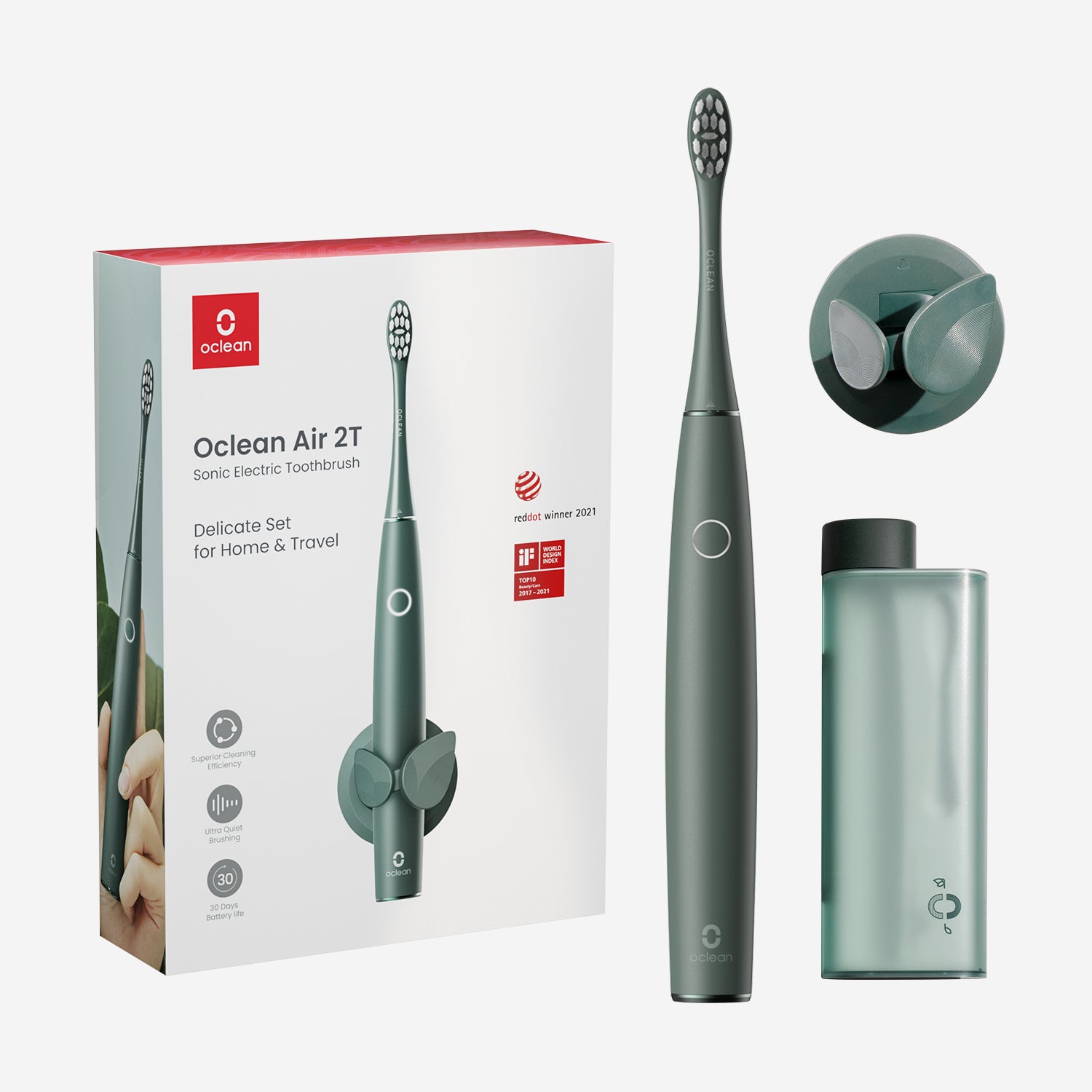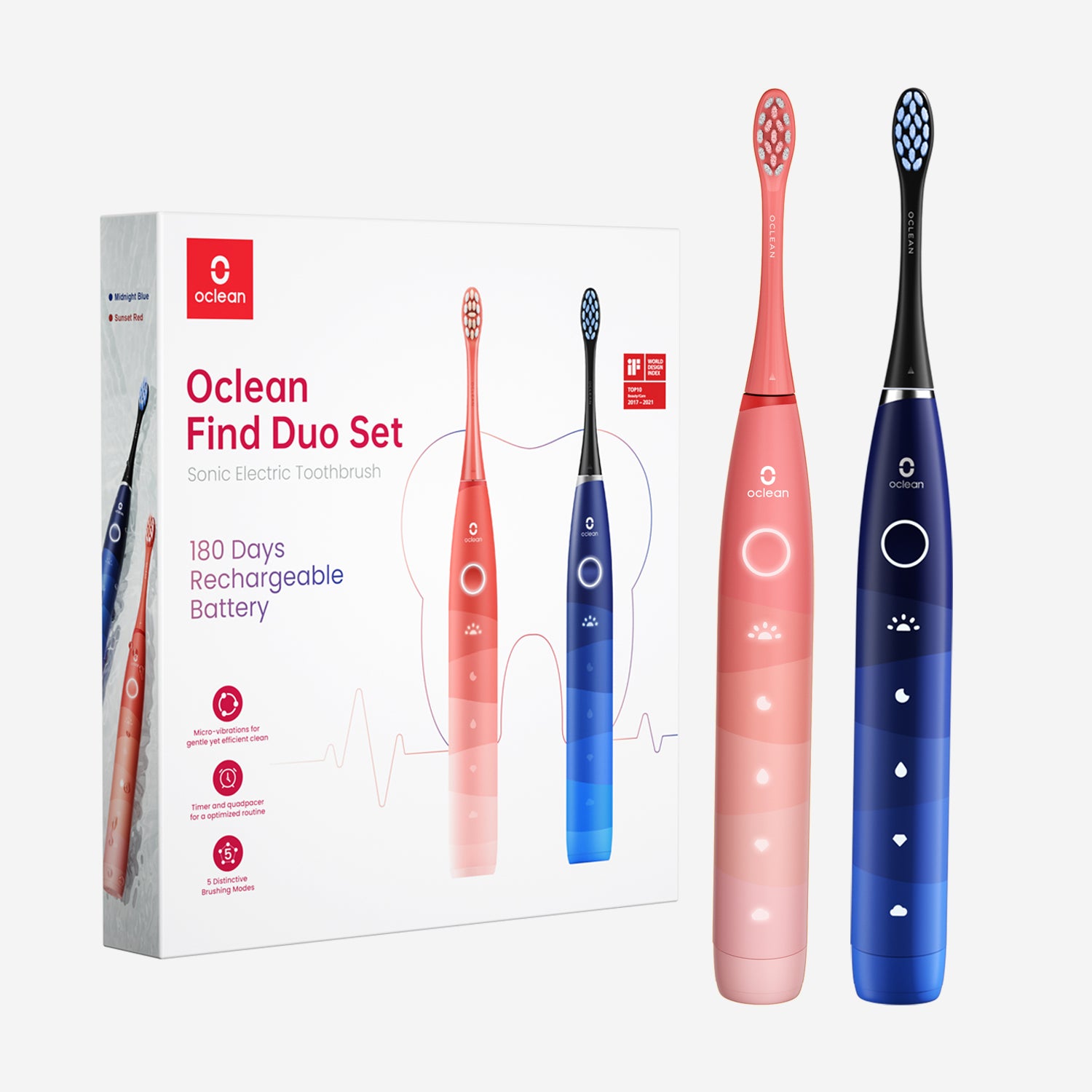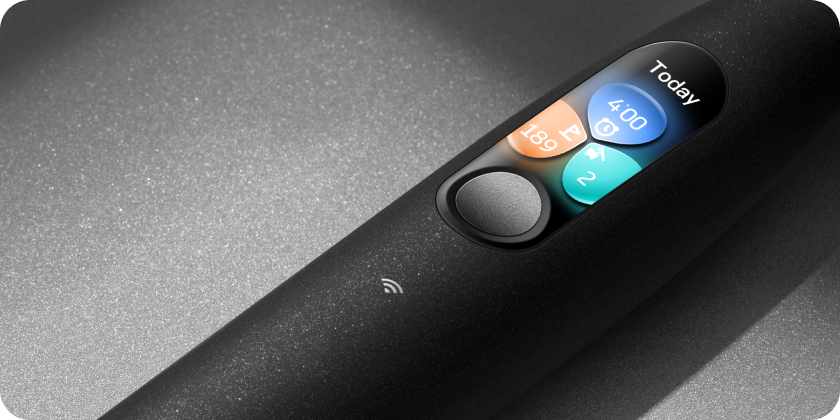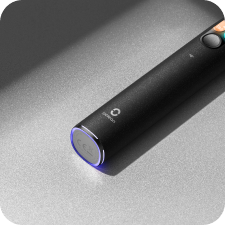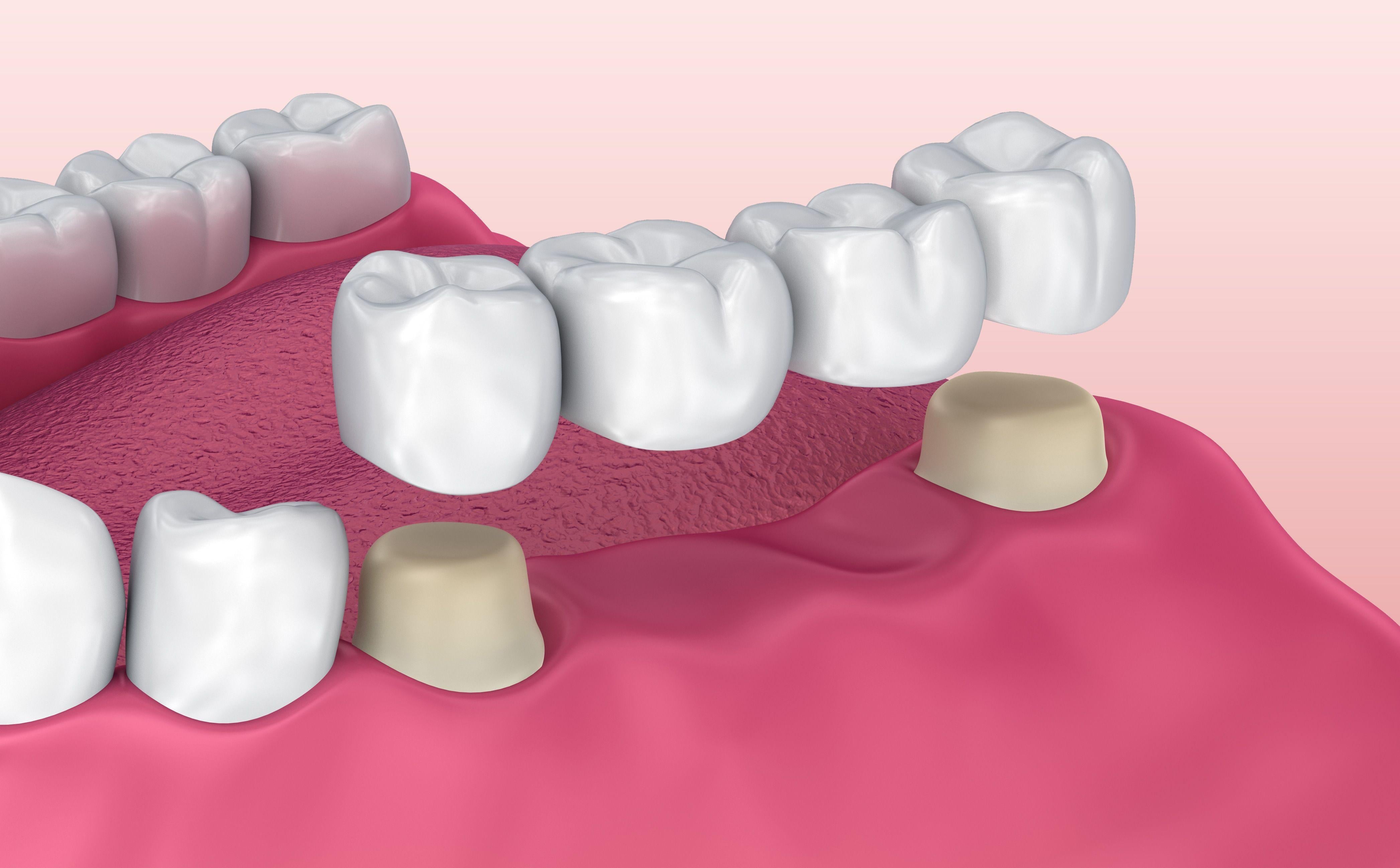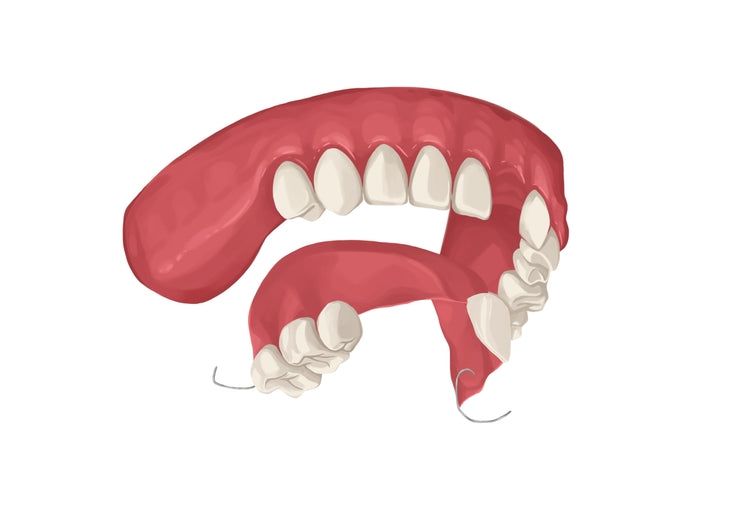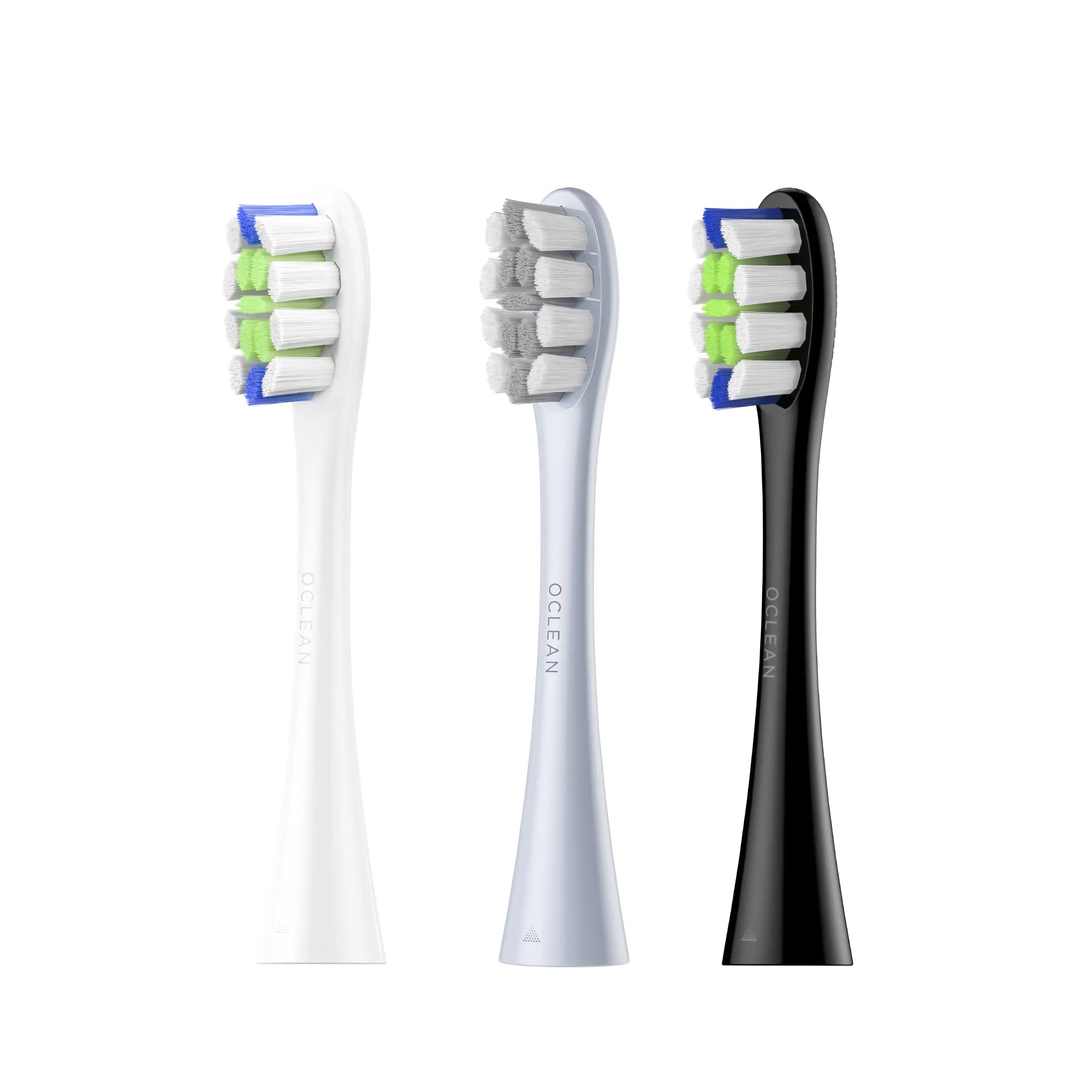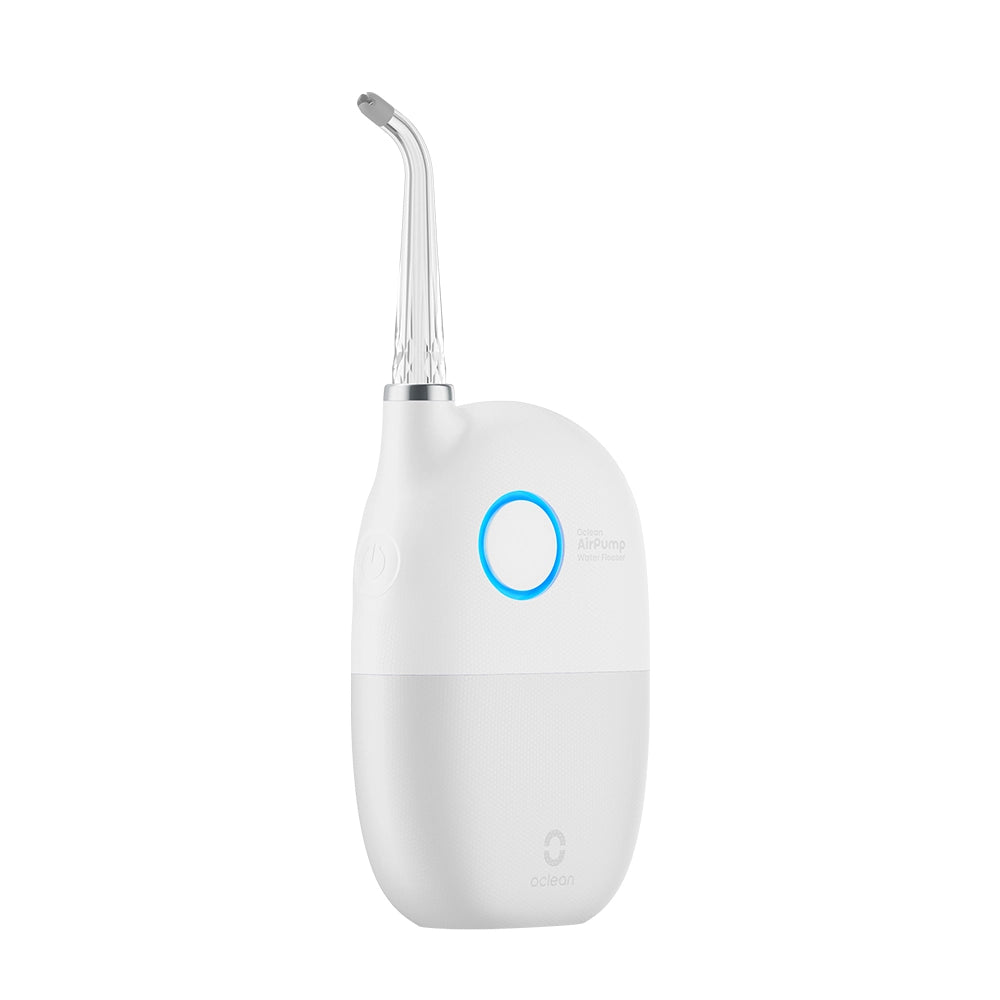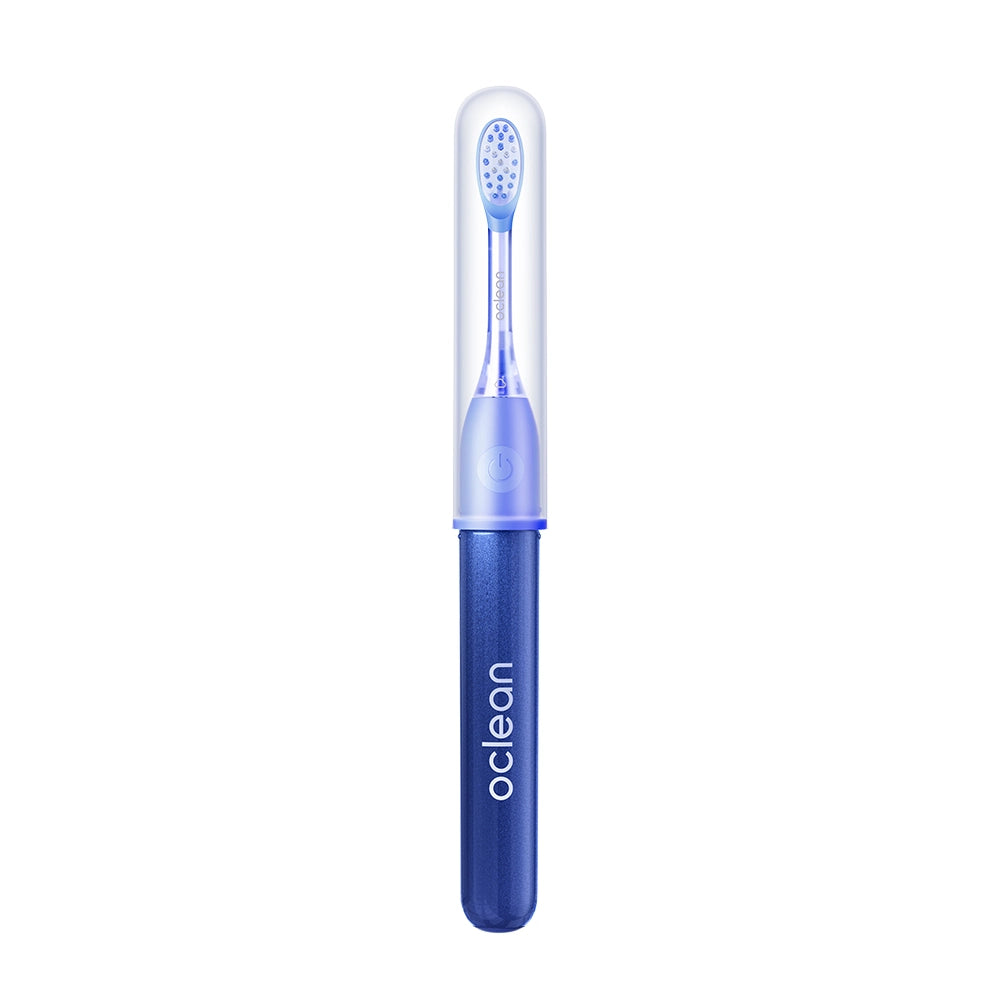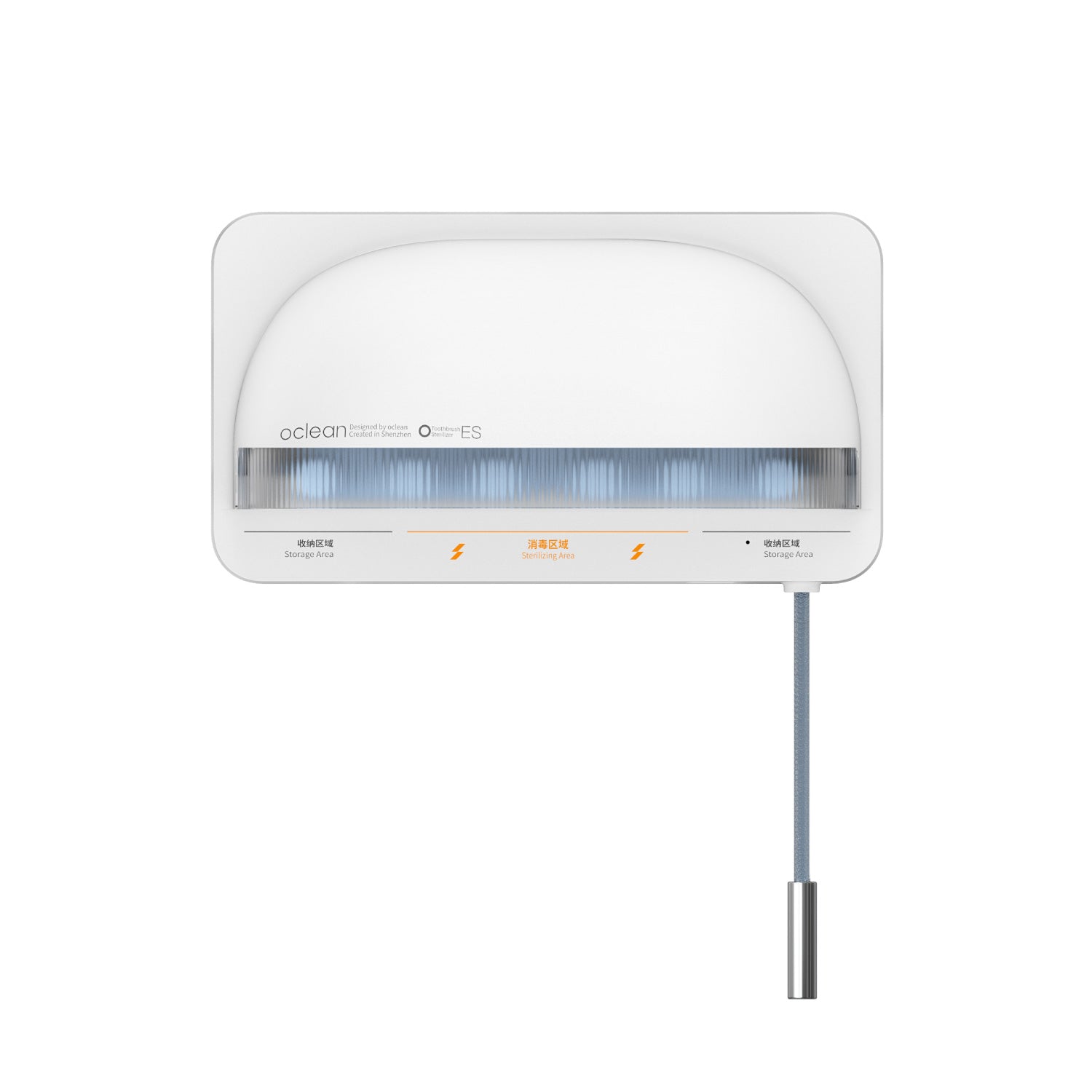Jos sinulta on hiljattain poistettu hammas, olet luultavasti utelias tietämään, milloin voit jatkaa normaaleja rutiinejasi - joten yksi useimmin kysytyistä kysymyksistä on tämä: kuinka kauan hampaan poiston jälkeen voin käyttää olkea?

Se ei ehkä tunnu paljolta. Pieni mehu- tai vesijuoma pillin läpi ei tunnu sinusta paljolta. Kun kyse on hampaan poiston jälkeisestä toipumisprosessista, pienimmätkin toimet voivat kuitenkin vaikuttaa asiaan. Liian aikainen pillin läpi juominen voi aiheuttaa kivuliaita komplikaatioita, jotka haittaavat toipumisprosessiasi.
Mitä tapahtuu hampaan poiston jälkeen?
Heti kun hammas on poistettu, elimistösi alkaa parantua välittömästi. Pieni hyytymä täyttää reiän, jossa hammas oli. Tämä hyytymä on elintärkeä paranemisellesi. Se peittää alueen, estää verenvuotoa ja tukee uuden kudoksen kasvua. [1]
Kuvittele se ikään kuin luonnolliseksi siteeksi, joka peittää alla olevat hermot ja luut, jotta ne eivät paljastu. Jos tämä hyytymä pysyy paikallaan, alue paranee normaalisti ajan myötä. Jos tämä hyytymä kuitenkin häiriintyy, toipumisprosessi viivästyy ja epämukavuus voi alkaa.
Miksi sinun ei pitäisi käyttää olkea hampaanpoiston jälkeen?
Kun hammas on poistettu, elimistösi muodostaa hyytymän poistokohtaan. Tämä hyytymä toimii kuin näkymätön kilpi, joka suojaa sen alla olevaa luuta ja hermoja ienkudoksen parantuessa. Irronneesta tai väärin muodostuneesta hyytymästä aiheutuu niin sanottu kuiva pistorasia, joka on yksi kivuliaimmista ja turhauttavimmista hampaan poiston jälkeisistä komplikaatioista. [2]
Imeminen pillillä aiheuttaa imun suussa, ja tämä imu voi irrottaa hyytymän hyvin helposti. Kyse ei ole itse pillistä vaan imemisestä. Jopa pään kallistaminen satunnaisen kulauksen ottamiseksi voi aiheuttaa riittävästi alipainetta hyytymän irrottamiseksi, erityisesti ensimmäisinä päivinä, jolloin se pysyy pehmeänä.
Hammaslääkärit varoittavat potilaita kerta toisensa jälkeen tästä riskistä. Yksi tärkeimmistä hampaiden poiston jälkeisistä ohjeista onkin tupakoimattomuuden ja runsaan sylkemisen ohella pidättäytyä pillin käytöstä. [3]
Kuinka kauan hampaanpoiston jälkeen voin käyttää pillin?
Sinun tulisi välttää pillin käyttöä vähintään 7 päivän ajan hampaan poiston jälkeen.
Toiset suosittelevat vähintään 3-5 päivää, mutta useimmat hammaslääkärit kehottavat odottamaan vähintään viikon. Tämä saattaa tuntua liialliselta, mutta jokainen ihminen paranee eri tahtiin. Joillakin hyytymä asettuu nopeasti kahdessa päivässä. Toisilla se pysyy vaarassa seitsemän päivää tai kauemmin.
Jos sinulle on tehty leikkaus viisaudenhampaan poistamiseksi (esimerkiksi viisaudenhammas on iskostunut), on sitäkin tärkeämpää odottaa useita päiviä pidempään. Tällaisissa tilanteissa hammaslääkärisi voi suositella, että olkia ei käytetä 10-14 päivään, mikä riippuu leikkauksen luonteesta ja elimistön toipumisesta.
Tosiasia on, että jokainen paranee eri tavalla. Jotkut paranevat nopeammin, toiset hitaammin. Siksi paras neuvo, jonka voit koskaan saada, on hammaslääkärisi henkilökohtainen neuvo. Hän kertoo sinulle, milloin se on turvallista tilanteesi perusteella.
Vältä olkia siihen asti. Lyhyestäkin kulauksesta voi tulla ongelma. Odota, että suusi on täysin palautunut, ennen kuin palaat smoothien tai jääkahvin pariin.
Mitä tapahtuu, jos käytät olkea liian pian?
Tarkastellaan mahdollisia vaikutuksia yksityiskohtaisesti:
1. Kuiva pistorasia
Tämä on yleisin ja kivuliain tulos. Kun hyytymä on poistettu, pistorasian kohdalle jää näkyviin luita ja hermoja. [4] Sinä tunnet:
- Terävä, pistävä kipu
- Paha maku tai haju suussa
- Kipu, joka viittaa korvaan, silmään tai kaulaan.
- Paranemisprosessin hidastuminen
Kuiva pistorasia ei ole vain kivulias, vaan se voi vaatia jatkohoitoa, kuten kivunhoitoa, lääkesidoksia ja useita hammaslääkärikäyntejä.
2. Viivästynyt paraneminen
Vaikka et ehkä saisikaan suoranaista kuivaa pistorasiaa, hyytymän ennenaikainen irtoaminen voi vaikeuttaa paranemisprosessia. Se voi aiheuttaa pitkittynyttä verenvuotoa, turvotusta tai tulehdusta, jotka kaikki voidaan estää asianmukaisella hoidolla.
3. Lisääntynyt infektioriski
Jos haavaa ei suojaa hyytymä, bakteerit voivat päästä haavaan ja aiheuttaa infektion. Merkkejä tulehduksesta ovat jatkuva kipu, mätä, paha haju tai kuume. Nämä voivat tehdä tapahtumattoman toipumisen pitkäaikaiseksi ja stressaavaksi kokemukseksi.
Kuinka juoda ilman olkea uuton jälkeen?
Halu käyttää sellaista johtuu yleensä mukavuudesta tai tottumuksesta. On kuitenkin täysin mahdollista - ja jopa turvallista - tulla toimeen ilman sellaista useiden päivien ajan.
- Juo suoraan kupista - varovasti ja vähitellen. Nojaa hieman eteenpäin, jotta nestettä ei valuisi.
- Käytä pientä lusikkaa sakeisiin ruokiin, kuten keittoihin tai smoothieihin.
- Pysy nesteytettynä - nestehukka hidastaa paranemisprosessia, joten muista juoda vettä usein.
- Vältä hiilihapollisia tai hiilihapollisia juomia. muutaman ensimmäisen päivän ajan. Ne voivat ärsyttää aluetta ja häiritä hyytymisprosessia.
Jos olet hiljattain menettänyt hampaan, nyt on aika ottaa rauhallisesti. Syöminen ja juominen auttavat kehoasi tekemään tarvittavat toimet ja pitävät komplikaatiot loitolla.
Voinko käyttää olkea, jos minulla on tikkejä hampaanpoiston jälkeen?
Jos tarvitsisit ompeleita tai tikkejä, olettaisit luonnollisesti, että alue olisi suojatumpi - että oljen käyttö ei olisi niin riskialtista. Näin ei kuitenkaan ole. Yleensä ei suositella pillin käyttöä sen jälkeen, kun sinulle on poistettu yksi hampaista.
Tikit pitävät ienkudoksen koossa ja auttavat paranemisprosessia, mutta eivät suojaa tai stabiloi hyytymää itse pistorakenteessa. Hyytymä voi silti irrota imemällä, ja haavan kunnosta riippuen sen mahdollisuus voi olla suurempi, koska haava on syvempi tai enemmän mukana.
Todennäköisesti oljen käyttäminen tikkien kanssa voi:
- Löysää ompeleet
- Ärsyttää haavaa
- Aiheuttaa verenvuotoa tai kipua
- Pitkittyneet sairaalajaksot
Hammaslääkäri antoi sinulle todennäköisesti liukenevia ompeleita, jotka poistuvat luonnollisesti 7-10 päivän kuluttua. Tuona aikana on erittäin tärkeää noudattaa tiukasti leikkauksen jälkeisiä ohjeita, joihin kuuluu aina myös olkien ja imemisen kieltäminen.
Extra Recovery Vinkkejä sujuvan paranemisprosessin varmistamiseksi
Ensimmäiset tunnit
- Älä syö tai juo mitään 1-3 tunnin kuluessa toimenpiteen jälkeen.
- Pureskele sitten pehmeitä ruokia, mutta pureskele suun vastakkaisella puolella. [5]
- Älä koske alueeseen kielelläsi tai sormillasi.
- Vältä imemästä mitään (myös pillit) tai sylkemästä väkisin - tämä voi irrottaa verihyytymän.
- Lepää ja ota rauhallisesti. Älä nosta, taivuta tai liiku.
Mitä kannattaa välttää
- Älä huuhtele suuta ensimmäisten 24 tunnin aikana. Siemaile vettä, mutta älä huuhtele tai sylje sitä ulos.
- Vältä alkoholia tai tupakointia vähintään 24-48 tuntia ennen toimenpidettä. Molemmat voivat viivästyttää paranemisprosessia tai tartuttaa alueen. [6]
- Vältä aspiriinia, ellei lääkäri toisin määrää - se voi lisätä verenvuotoa. Kerro hammaslääkärillesi, jos käytät sitä sydänsairauden vuoksi.
Jos verenvuoto alkaa uudelleen
- Käytä mukana toimitettua vanurullaa.
- Kostuta se kevyesti, aseta se alueelle ja pureudu siihen tiukasti 30 minuutin ajan.
- Pysy paikallasi ja pysy rauhallisena.
- Jos verenvuoto ei lopu, soita hammaslääkärille. Jos verenvuoto on liian myöhäistä ja voimakasta, mene paikalliseen ensiapupoliklinikkaan.
Kun olet mykkä
- Varo puremasta poskeen, huuleen tai kieleen - se ei satu heti, mutta jälkikäteen kyllä.
- Vältä kuumia juomia, kunnes tunnottomuus häviää.
Kipeys ja kivunlievitys
- Lievä kipu on tavallista yhdestä kahteen päivää.
- Ota tavallista kipulääkettäsi - mutta älä aspiriinia, paitsi lääkärin määräyksestä.
- Jos kipu on voimakasta tai pahenee useiden päivien jälkeen, sinun on syytä keskustella hammaslääkärisi kanssa.
Suun puhdistaminen
- Pese varovasti lämpimällä suolaisella vedellä 24 tunnin kuluttua.
- Lisää 1 tl suolaa lämpimään veteen käyttäen kokonaista lasia.
- Toista tämä 2 tai 3 kertaa päivässä seuraavien 3 päivän ajan.
Hampaiden harjaus
Voit harjata jäljellä olevat hampaat, mutta käsittele vielä paranevaa aluetta varovasti. Pehmeä, hiljainen hammasharja on paras. Hyvä vaihtoehto on Oclean X Pro Elite Sonic-hammasharja.

Tämä äänihammasharja on hiljainen (alle 45 dB), ja siinä on 4 harjaustapaa ja 32 eri voimakkuusastetta. Siinä on uskomattomat 84 000 lyöntiä minuutissa ja älykäs näyttö, joka tallentaa harjauksen. Pehmeät DuPont-kuidut ovat tarpeeksi hellävaraisia herkille suille, ja akku kestää jopa 35 päivää. Se on myös vedenkestävä, joten voit puhdistaa ja käyttää sitä päivittäin helposti.
Lopputulos: Laita olki syrjään
Kuinka pian voit käyttää olkea hampaan poiston jälkeen?
Odota vähintään 7 päivää, mahdollisesti kauemmin, riippuen toimenpiteestäsi ja toipumisprosessistasi. Vaikka se on hankalaa, tämä pieni uhraus suojaa sinua komplikaatioilta, kivulta ja viivästyksiltä. Se on kärsivällisyyttä, joka pitää toipumisesi sujuvana.
Vaikka haluaisitkin nauttia pirtelön tai smoothien, sinun kannattaa käyttää lusikkaa sen jälkeen. Muutaman päivän kuluttua voit vähitellen palata pillillä juomiseen - mutta varovasti.
Ota hammaslääkärin neuvot vakavasti ja anna suusi parantua kokonaan. Hieman kärsivällisyyttä tällä hetkellä voi estää paljon kärsimystä myöhemmin.
Viite
Udeabor, Samuel E., et al. "Current Knowledge on the Healing of the Extraction Socket: A Narrative Review." Bioengineering, vol. 10, no. 10, 1 Oct. 2023, s. 1145, www.mdpi.com/2306-5354/10/10/1145#:~:text=4.-, https://doi.org/10.3390/bioengineering10101145.
"Miksi on välttämätöntä välttää olkia suukirurgian jälkeen?" Stevebureauoms.com, 2016, www.stevebureauoms.com/blog/why-is-it-necessary-to-avoid-straws-after-oral-surgery/. Accessed 20 Apr. 2025.
Frankini, Vincent. "Älä käytä olkia viisaudenhampaiden poiston jälkeen | Dr. Streelman." Mercer Island Oral & Maxillofacial Surgery | Mercer Island Oral & Maxillofacial Surgery |, 5. huhtikuuta 2023, mioralsurgery.com/blog/why-cant-i-use-straws-after-having-my-wisdom-teeth-removed/.. Käytetty 20 Apr. 2025.
Mamoun, John. "Kuivan pistorasian etiologia, diagnoosi ja kliiniset hoitomenetelmät". Journal of the Korean Association of Oral and Maxillofacial Surgeons., vol. 44, no. 2, 2018, s. 52, www.ncbi.nlm.nih.gov/pmc/articles/PMC5932271/pdf/jkaoms-44-52.pdf, https://doi.org/10.5125/jkaoms.2018.44.2.52.
Goswami, Ahana . "Yleiskatsaus uuton jälkeisiin komplikaatioihin - ehkäisy, hoito ja uuton jälkeisten neuvojen merkitys." Fortuneonline.org, 2025, fortuneonline.org/articles/a-general-overview-of-post-extraction-complicationsprevention-management-and-importance-of-post-extraction-advices.html. Accessed 20 Apr. 2025.
"Hampaan poisto hoidon jälkeen." Kent Community Health NHS Foundation Trust, www.kentcht.nhs.uk/leaflet/tooth-extraction-after-care/.
Sisällysluettelo
